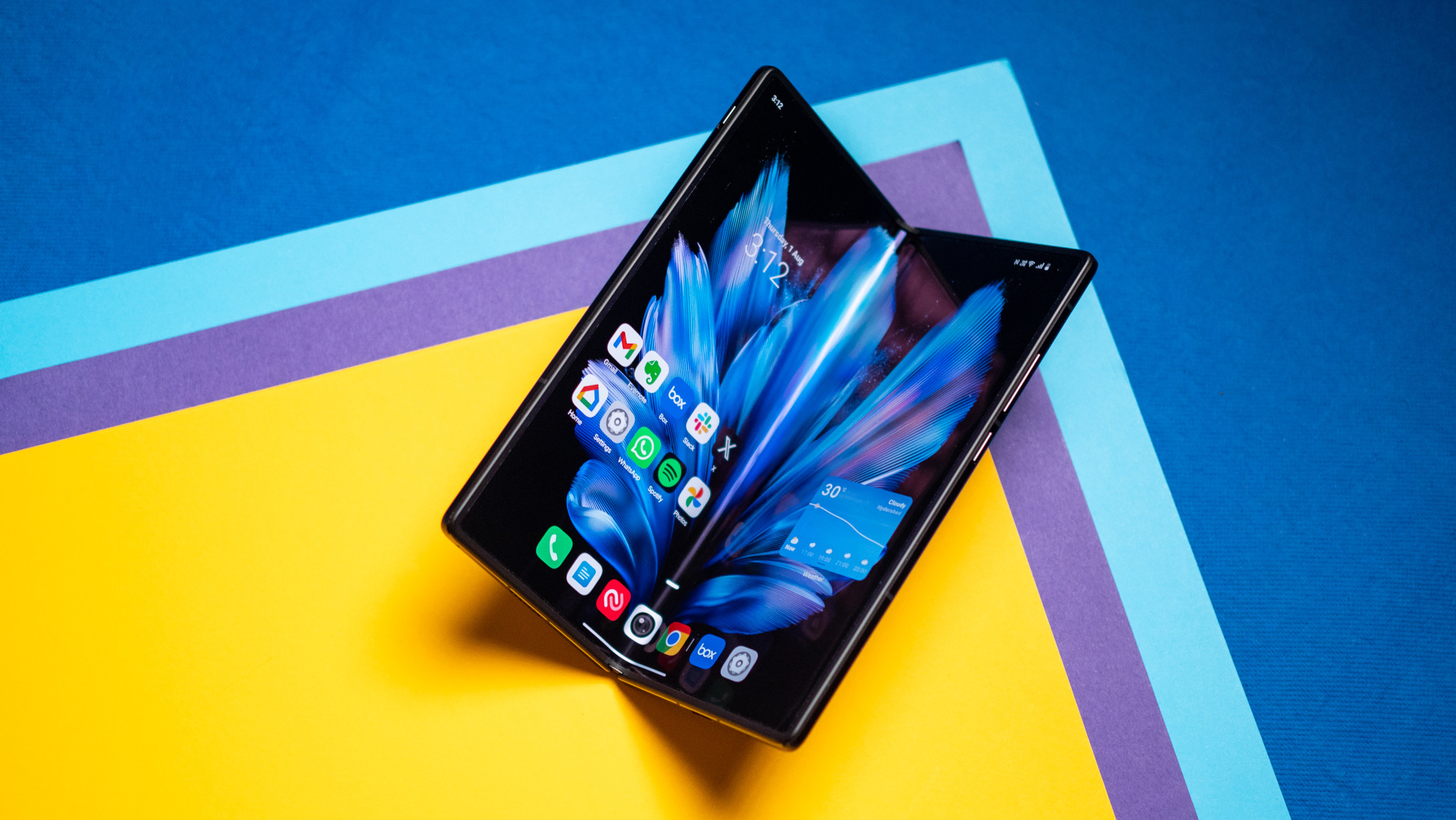
It feels like Vivo can do no wrong in 2024; the brand consistently delivered great products throughout the course of the year, offering meaningful upgrades and much-needed software tweaks. The X100 Pro continues to be one of the strongest camera packages available today, and thanks to Zeiss integration, the V30 Pro is one of the best shooters in the mid-range segment.
While Vivo made foldables in the past, they've been limited to its home market — until now. The X Fold3 Pro is now available in select regions in Southeast Asia, and as a result, it now comes with the global Funtouch OS instead of the China-focused Origin OS.
There's clearly a lot to like with the device; it has the biggest and brightest panels of any foldable, ultrasonic modules embedded inside the inner and outer display, one of the best cameras in this category, and the largest battery with the best charging tech. I used the X Fold3 Pro for just over a month, and here's why I think it is the foldable to beat.
Vivo X Fold3 Pro: Pricing and availability
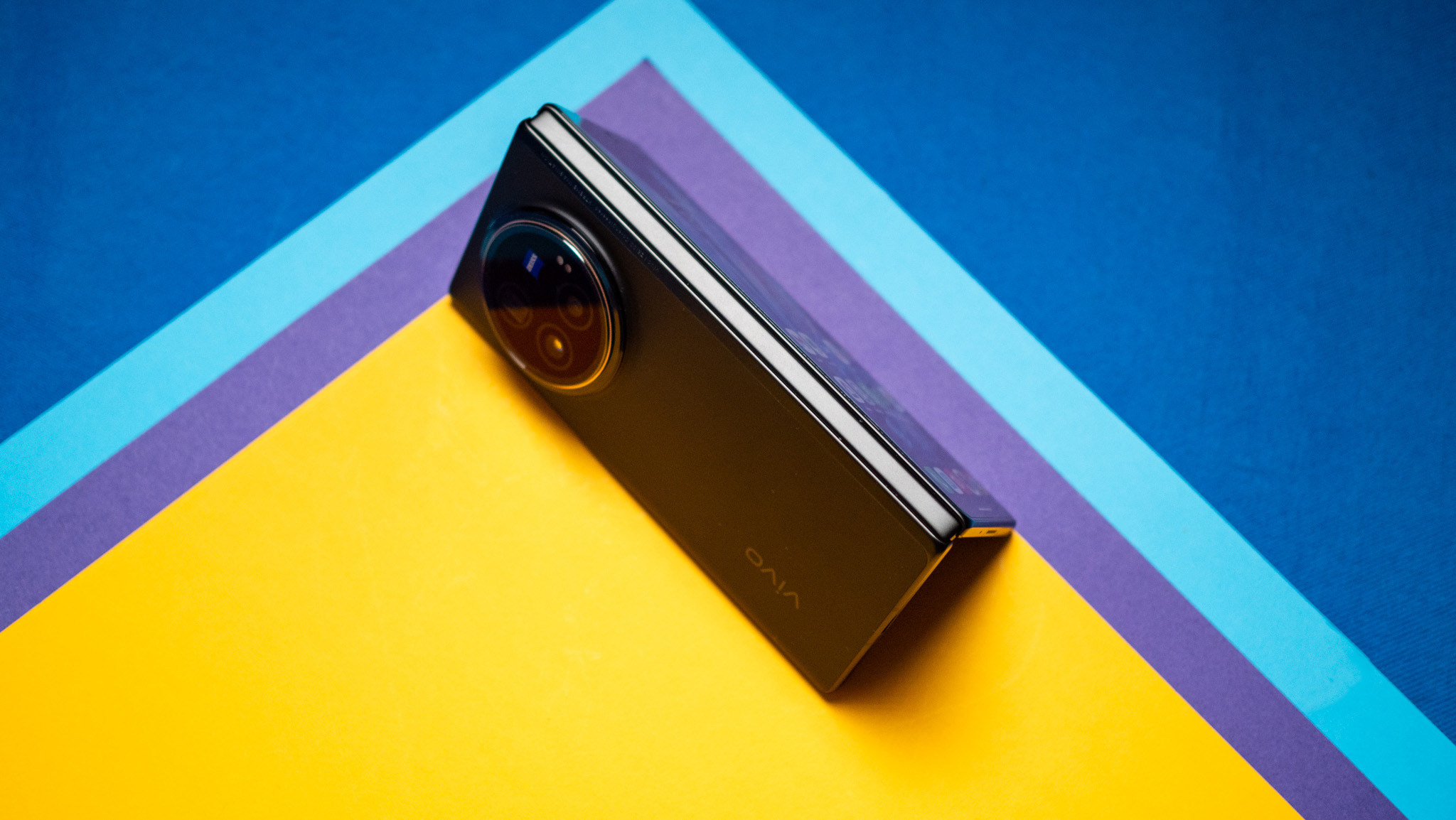
Vivo unveiled the X Fold3 and X Fold3 Pro in China back in Q1 2024, and the Pro variant made its global debut in June. It is now available in India and Indonesia in addition to China. While the X Fold3 Pro is available in three configurations in China — 12GB/256GB, 16GB/512GB, and 16GB/1TB — Vivo is just bringing the middle variant to global markets.
That's understandable, as the 16GB/512GB edition hits the sweet spot in terms of storage, and coming in at ₹1,59,999 ($1,910), the foldable manages to undercut the Galaxy Z Fold 6, which retails in the country for ₹1,76,999 ($2,112). I received the Indian variant of the X Fold3 Pro, and while there is a white variant on sale in China, the brand is selling the Celestial Black model as standard in global markets.
Vivo X Fold3 Pro: Design
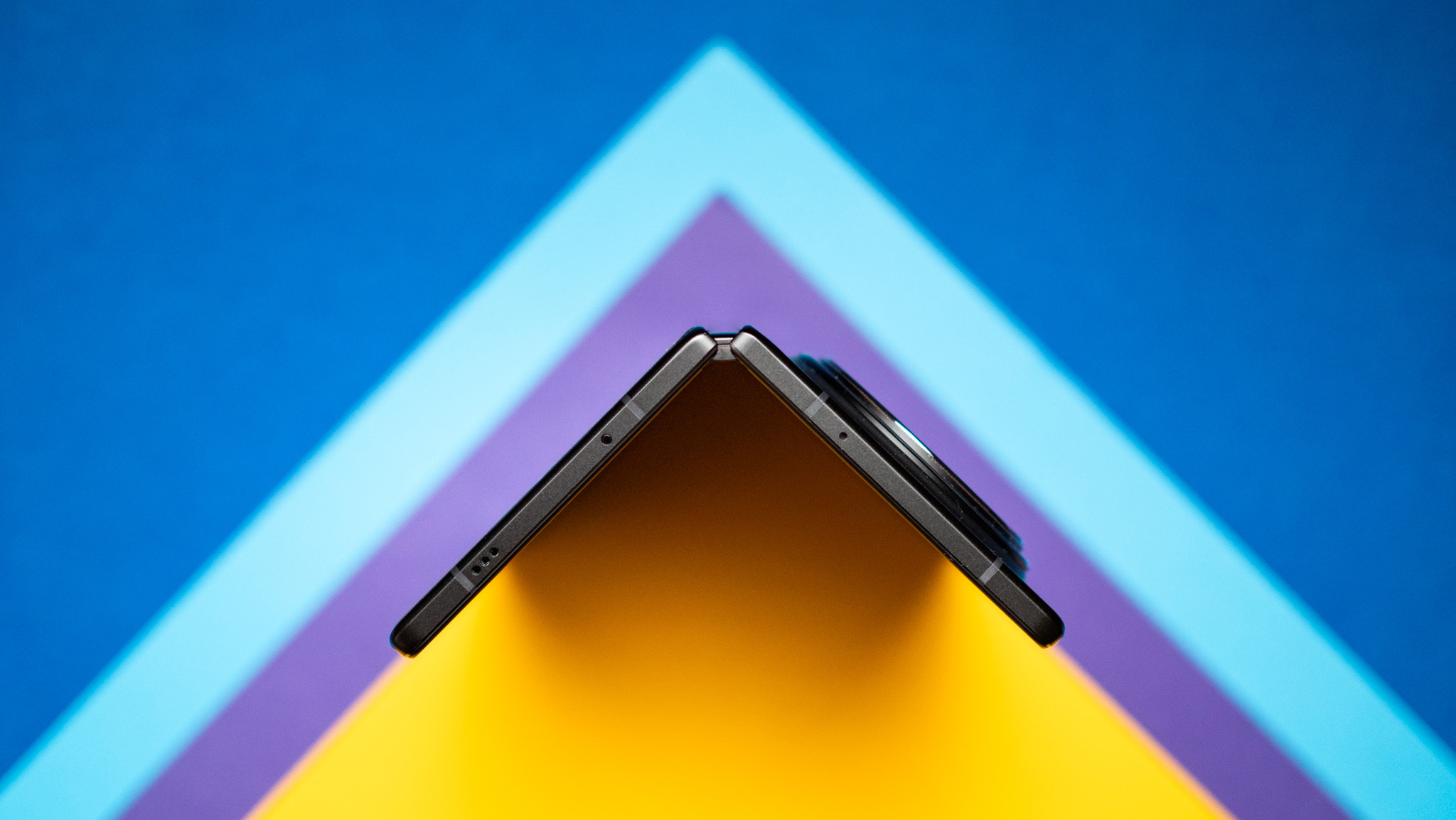
This is the third iteration of Vivo's foldable efforts, and it shows. The X Fold3 Pro is considerably thinner and lighter than its predecessor, and what I like best about the design is that Vivo somehow managed to cram sizeable panels both inside and out while still maintaining a svelte overall profile.
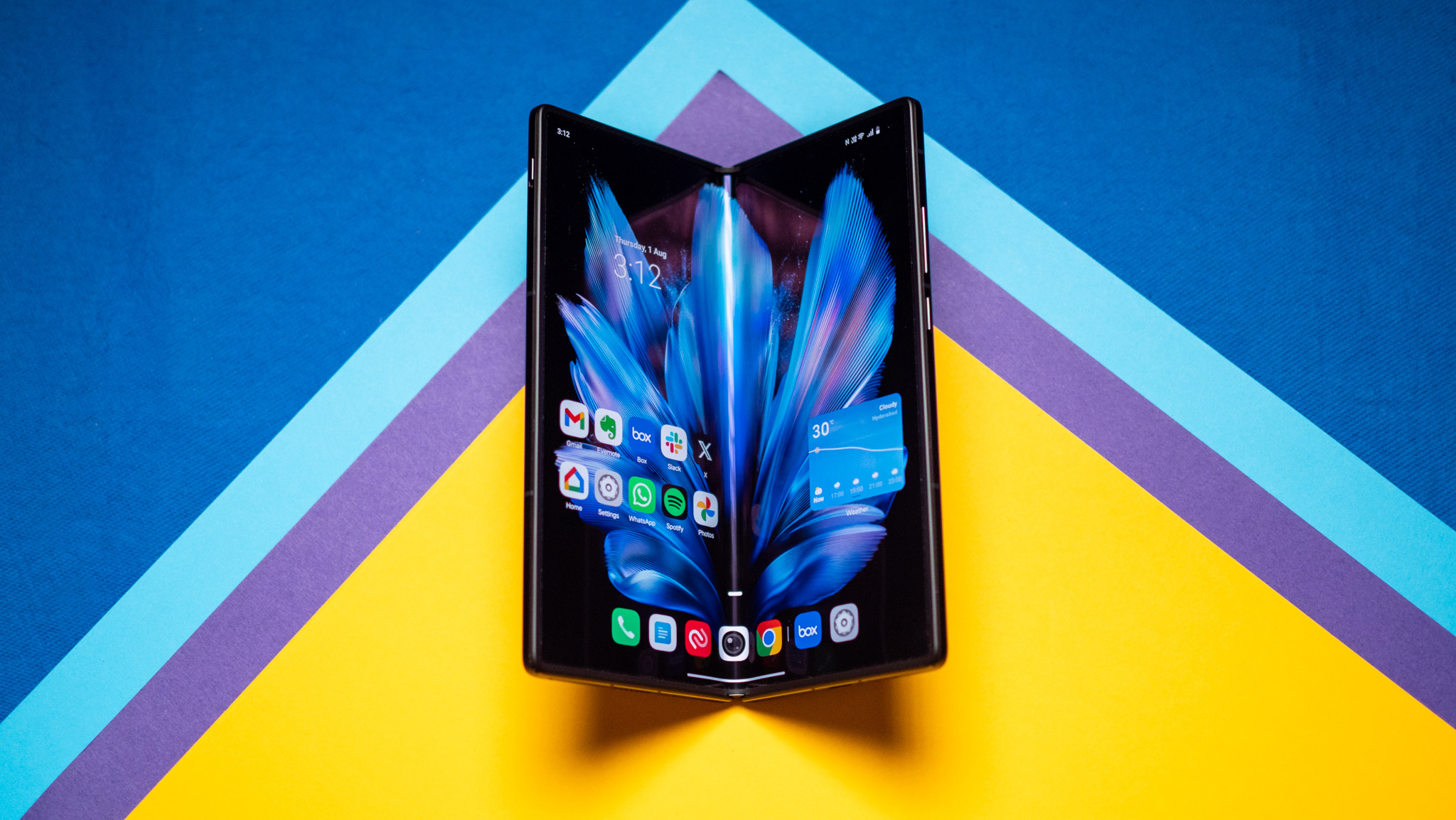
With an unfolded thickness of 5.2mm and 11.2mm when folded, the X Fold3 Pro handily beats the Galaxy Z Fold 6 in this area (5.6mm and 12.1mm). It is 3g lighter as well while offering a 5700mAh battery — the largest in this segment yet. Honor's Magic V2 is still the thinnest foldable I used this year, coming in at 4.8mm, but it doesn't have as large a battery.
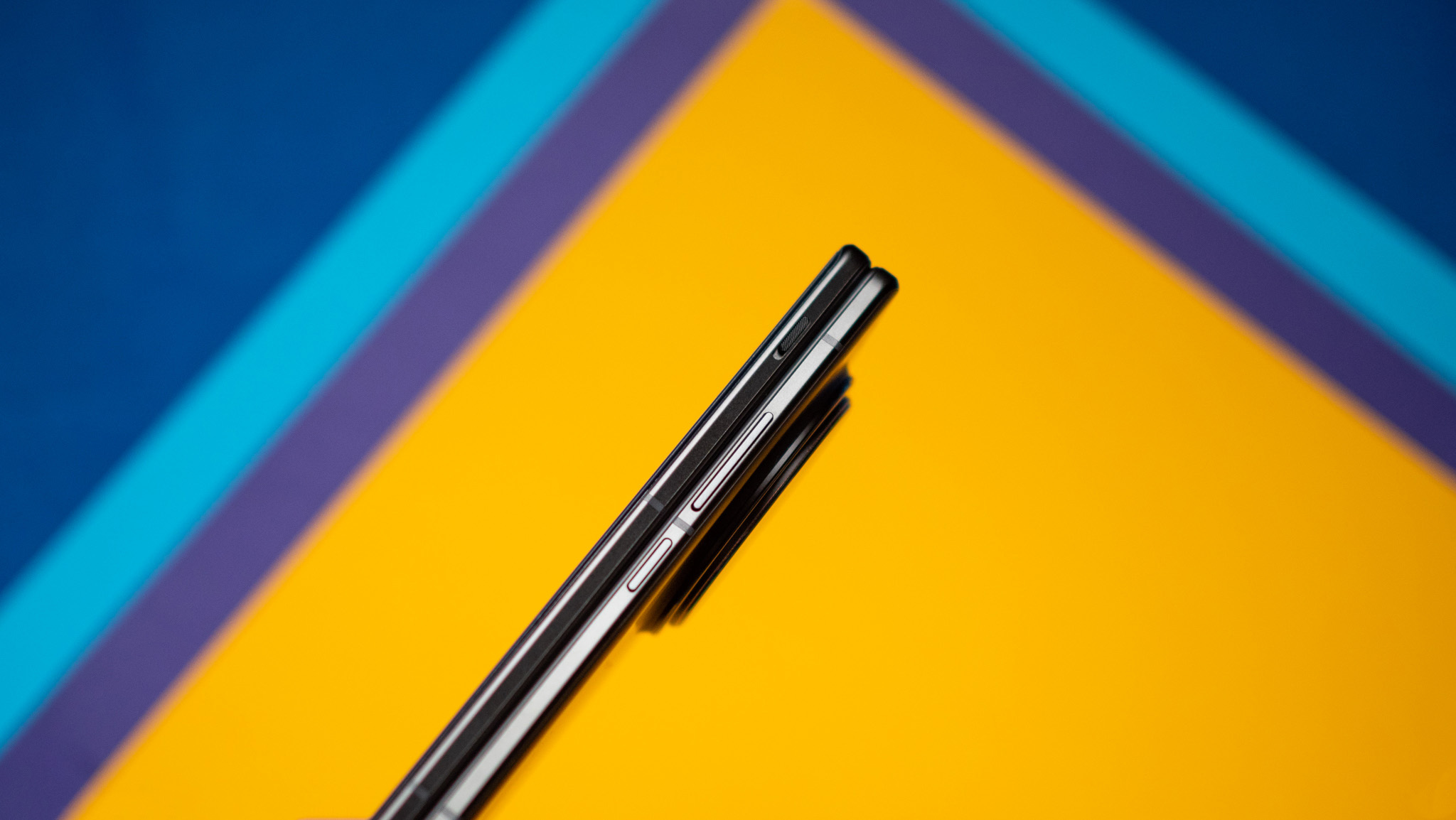
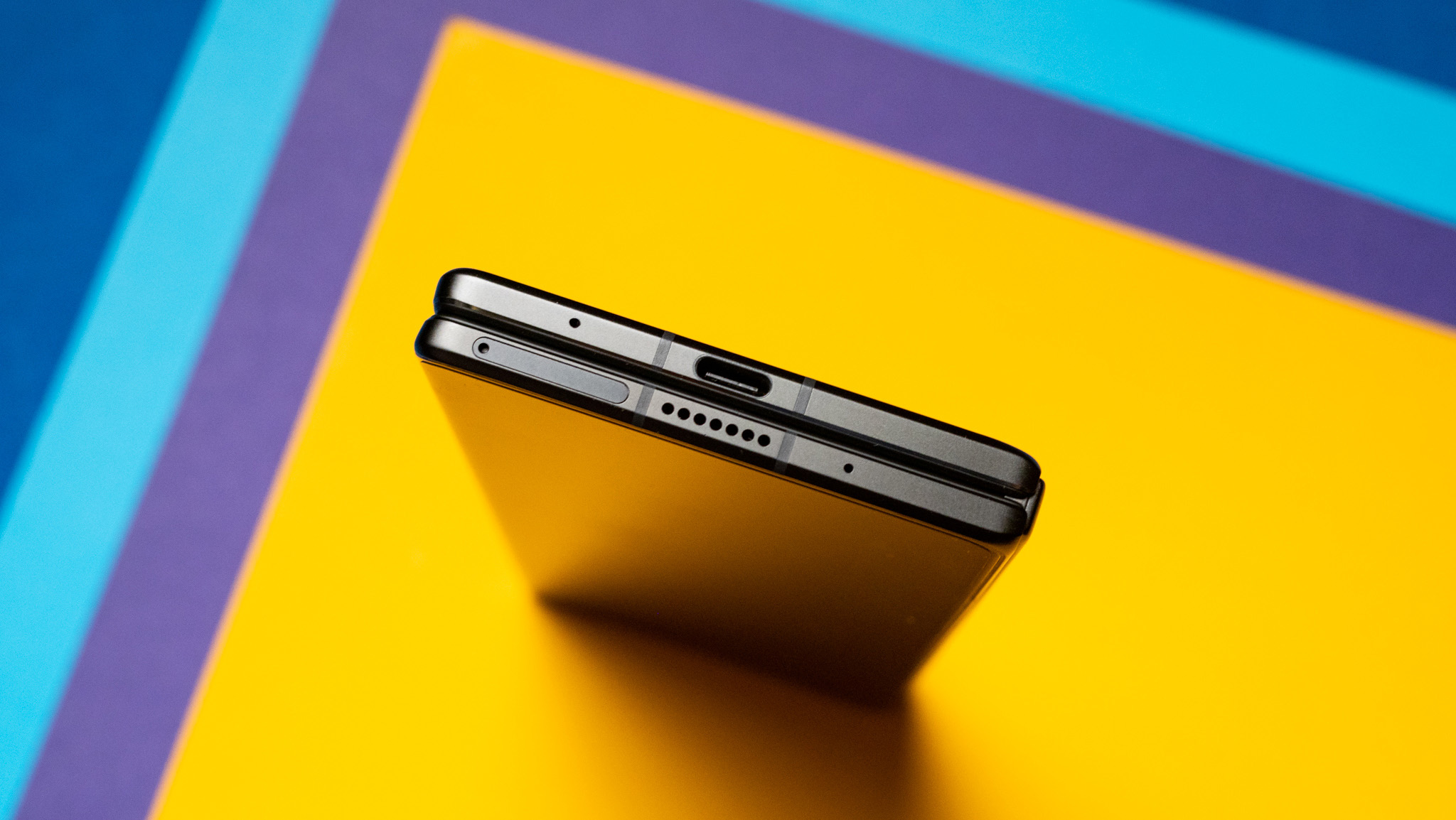
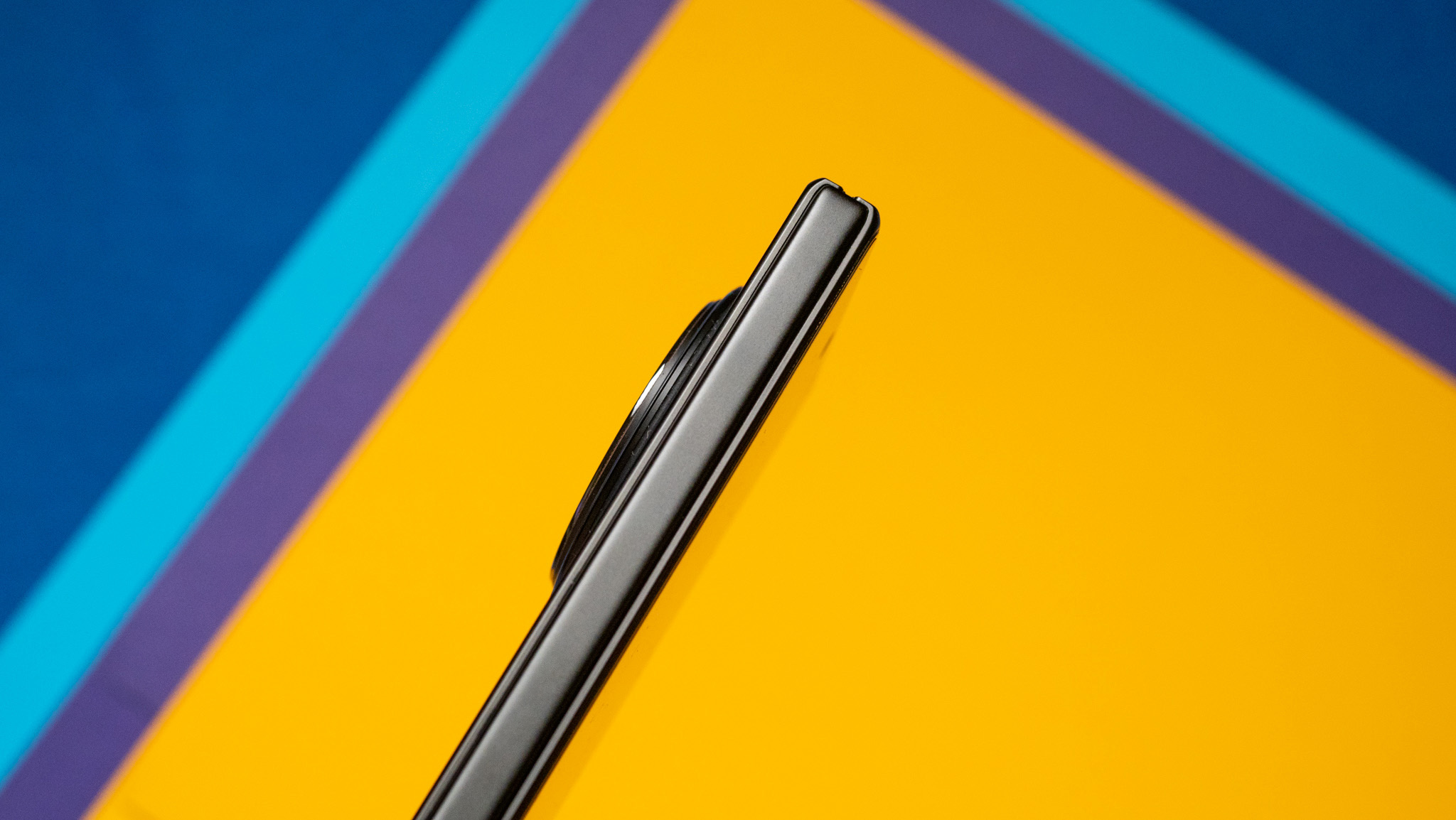
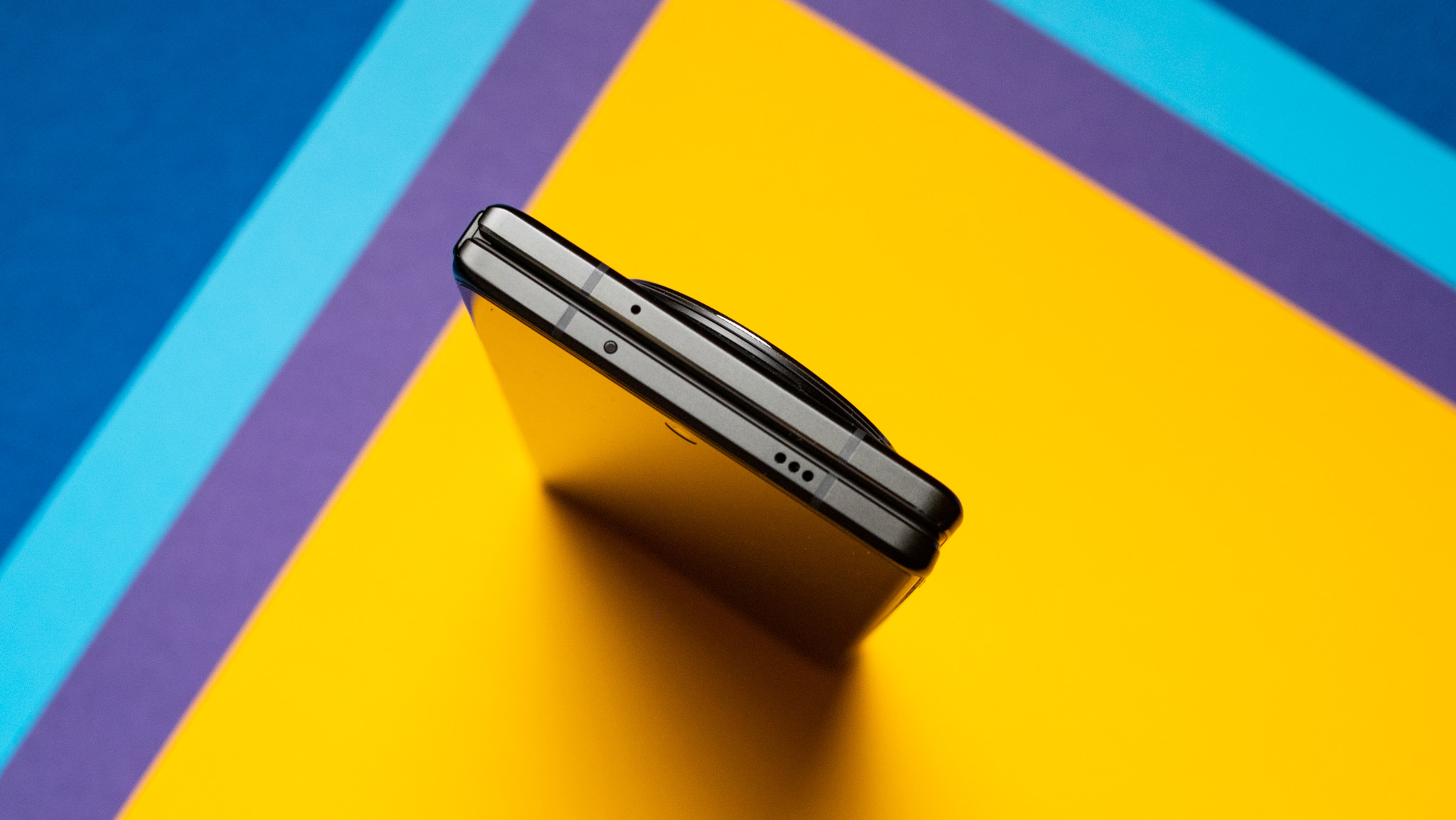
The weight savings are down to a redesigned hinge that has much smoother articulation — and is much more durable. It is rated at 500,000 unlocks, and stays semi-folded at any angle between 30 to 165 degrees, giving you the ability to take interesting photos and videos. What I like most is that you get a feature similar to Standby Mode when the panel is at a semi-folded angle. Oh, and the hinge closes fully flat with no visible gap.
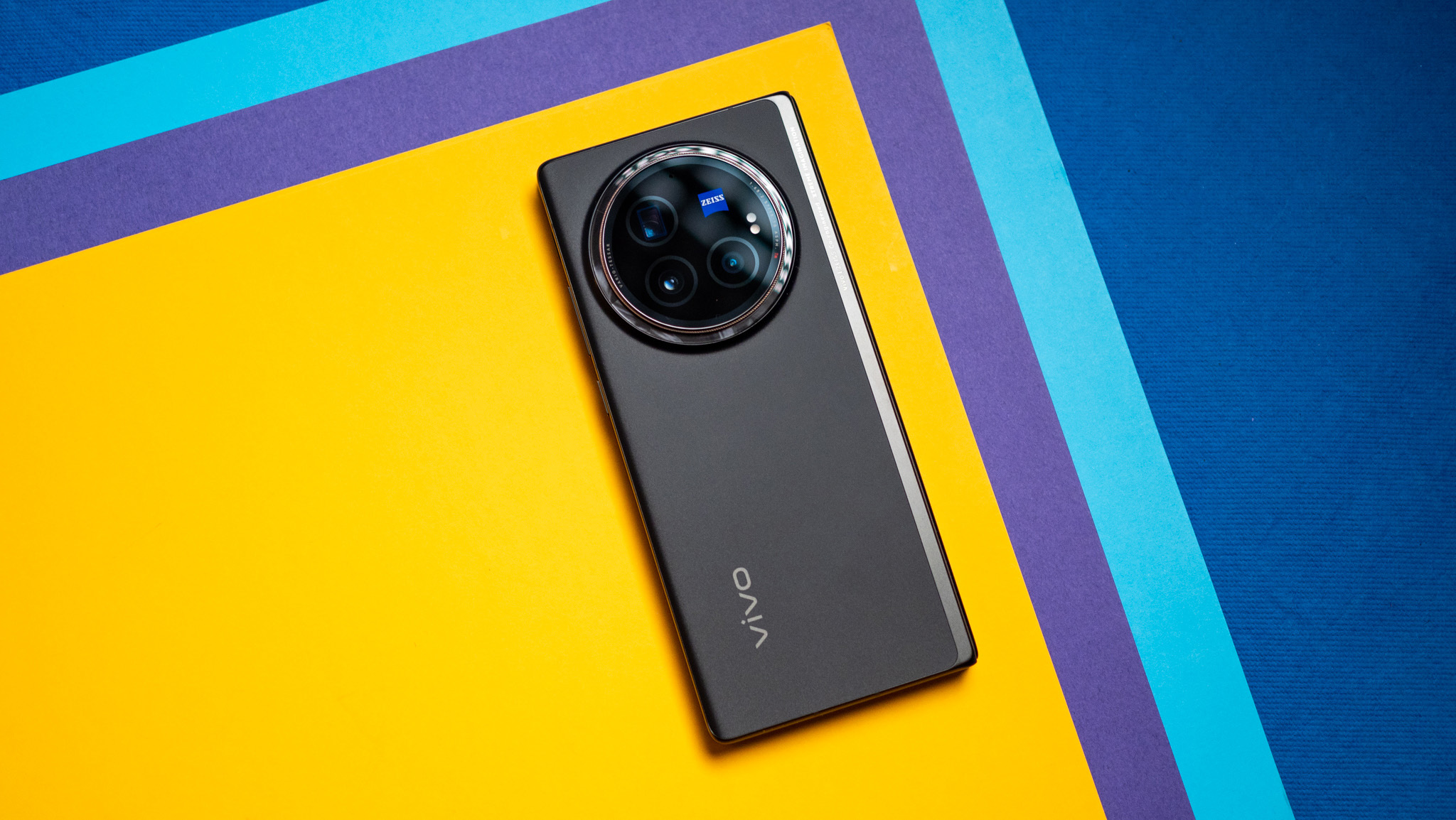
Vivo mostly kept things simple with the back design, and the foldable gets the usual glass pane. The only point of differentiation is the oversized camera module that's in line with the designs of the X100 Ultra and Pro. Like other Vivo phones, you get the Xtreme Imagination tagline etched at the back; this time, it's on the aluminum edge and not quite as noticeable.
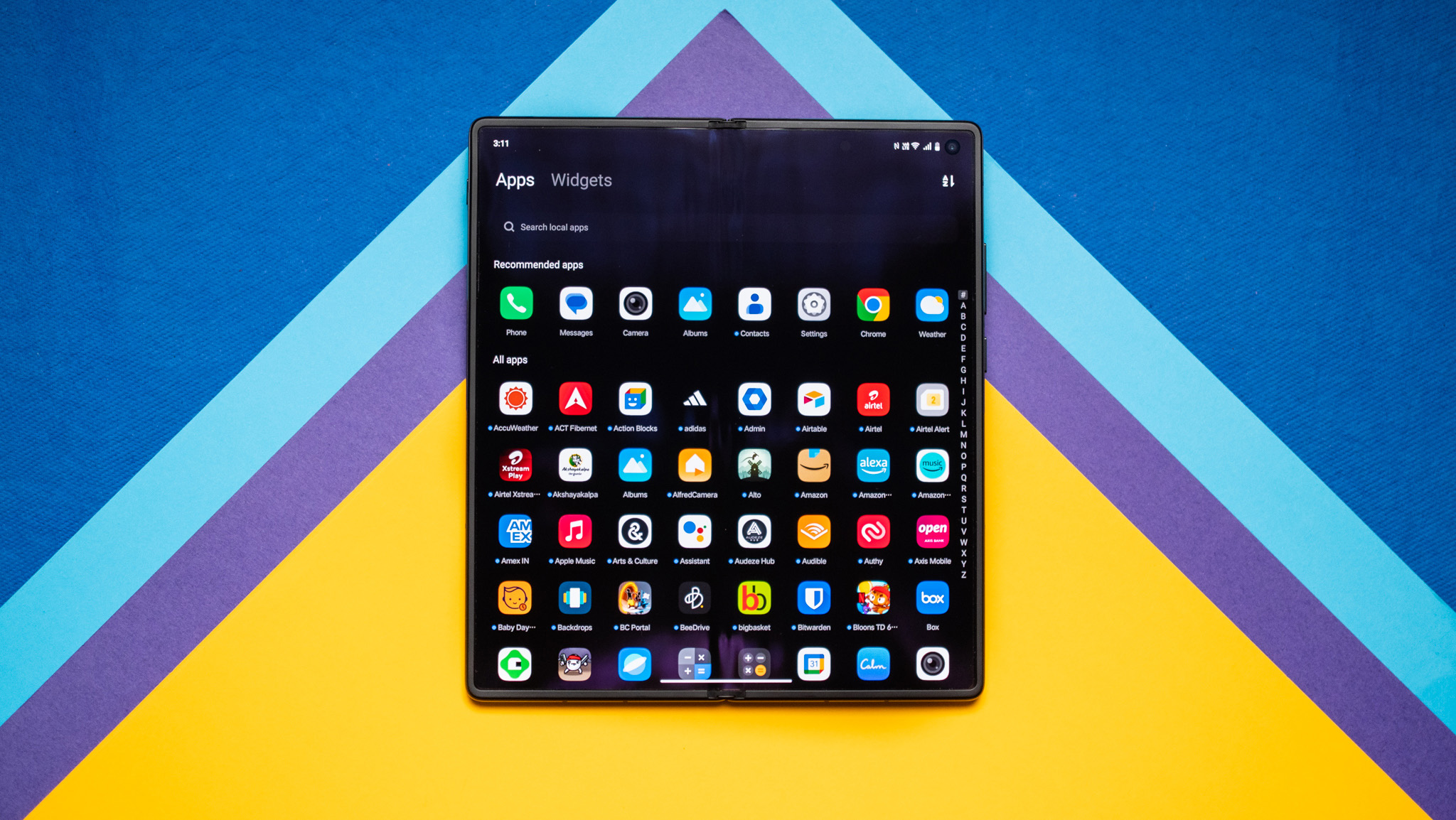
The large camera island has a gold accent, and it juts out considerably. While this isn't an issue when the device is folded, it leads to a wobble when using the inner panel against a table. The bundled case mitigates this issue to an extent, but it is still irksome.
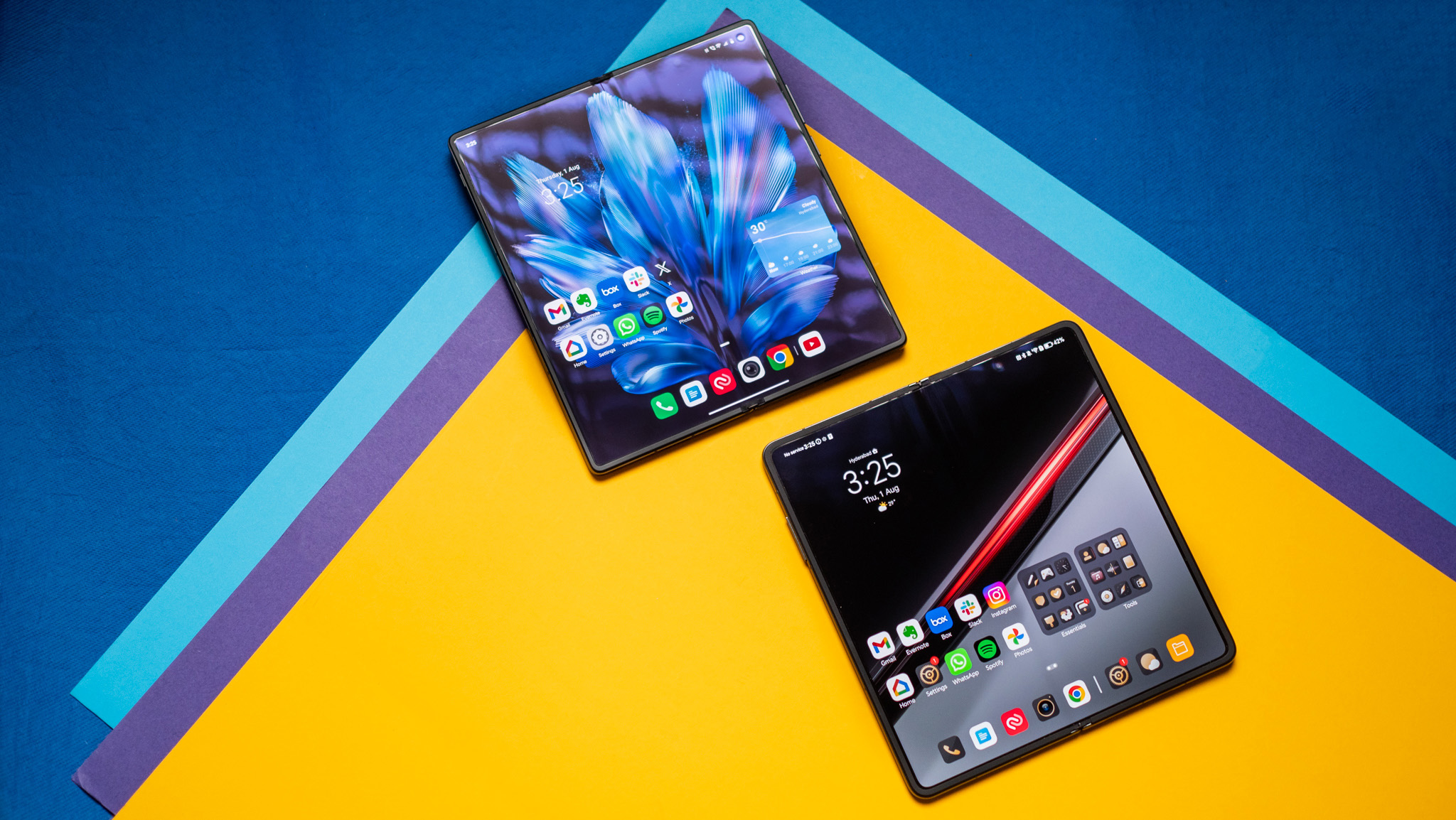
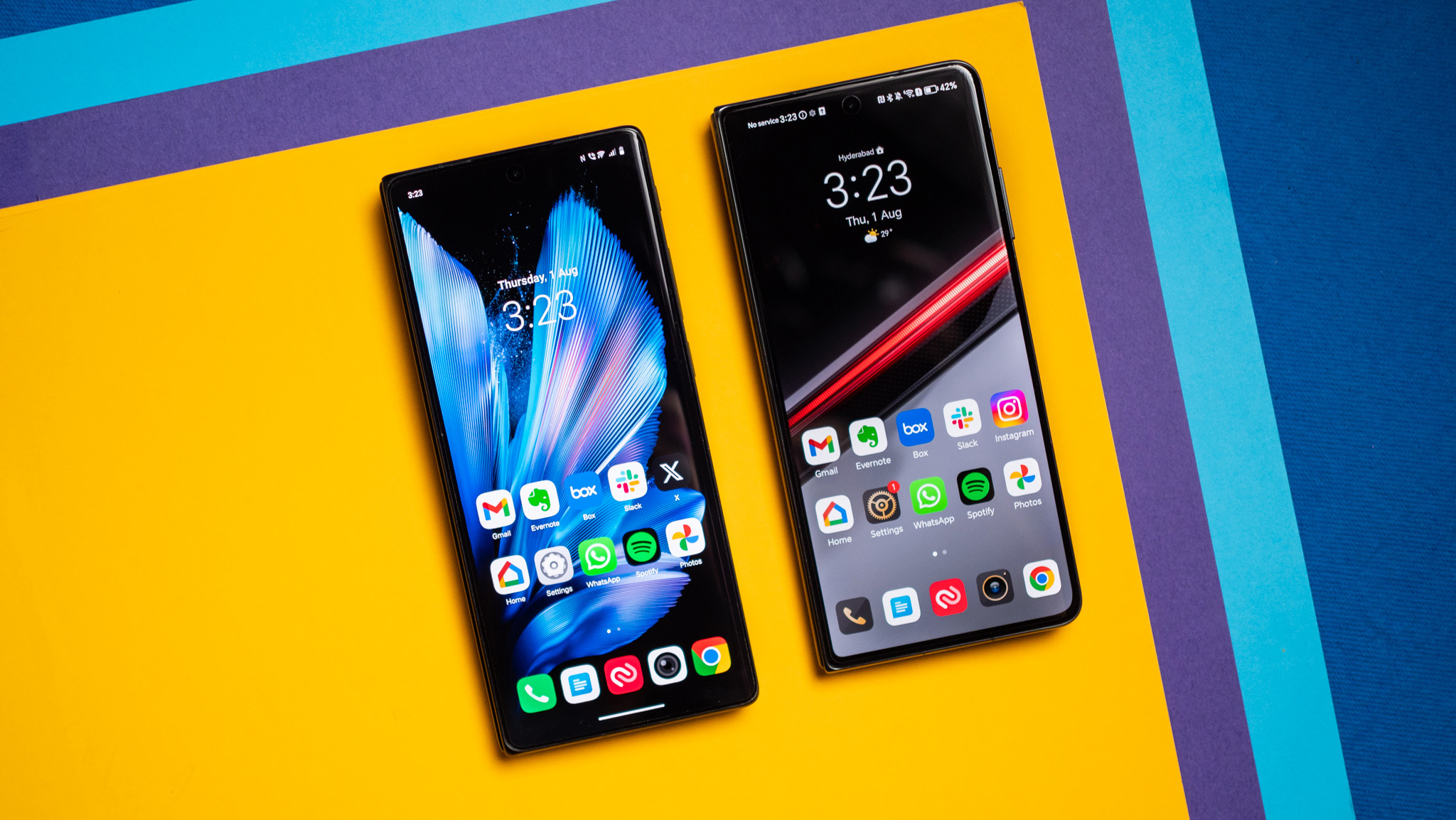
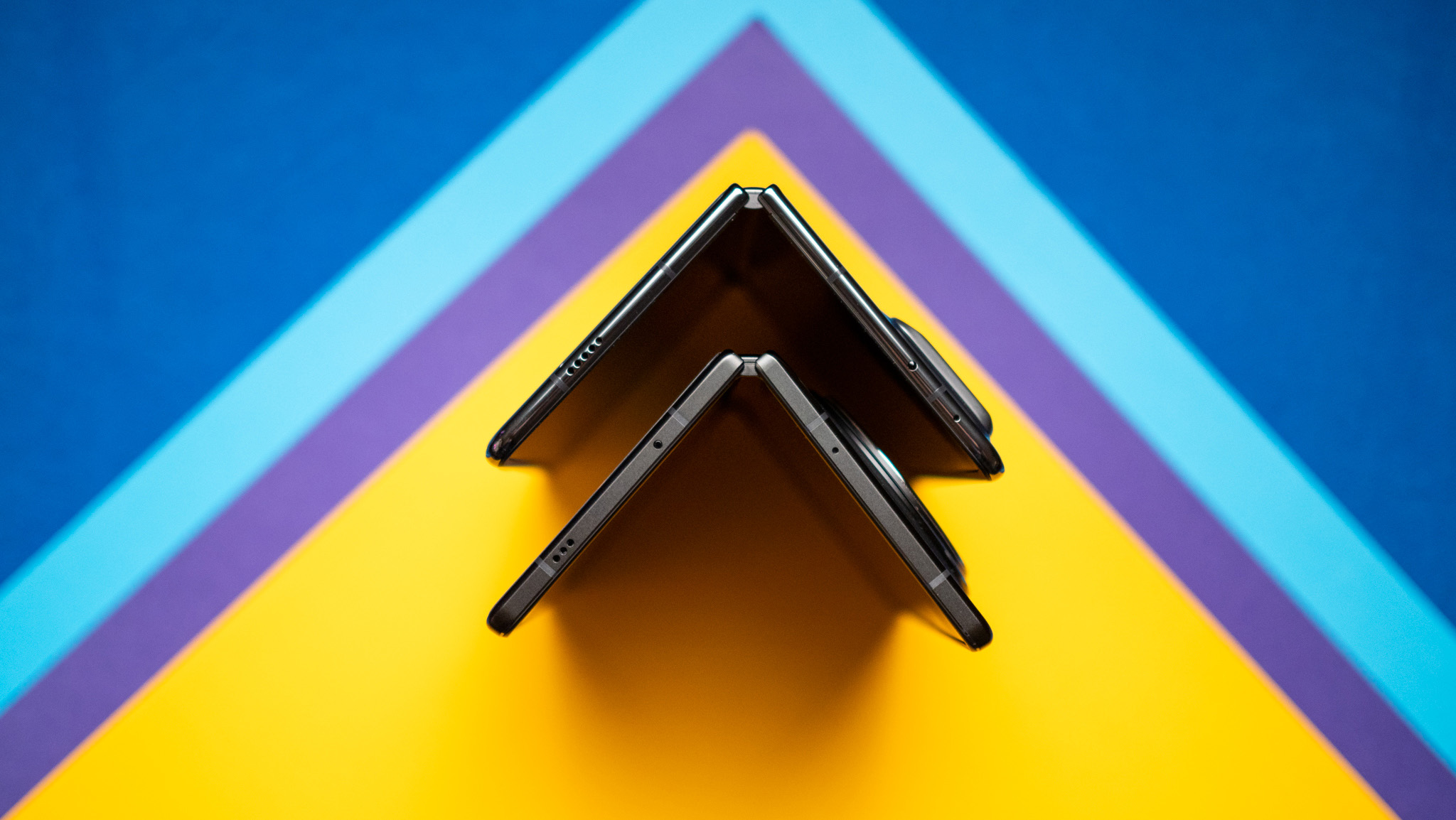
The OnePlus Open has a flashier design at the back thanks to the distinctive camera housing and generous use of leather, but of the two, I'm partial to the X Fold3 Pro; it delivers larger displays inside and out, and that's the whole point of a foldable. Vivo didn't omit the essentials either; the X Fold3 Pro includes IPX8 ingress protection as standard, and that allows it to weather the elements that much better.
Rounding out the design, there's a slider on the left that allows you to toggle silent mode. It's not as useful as the alert slider, but it isn't hard to imagine Vivo phones getting the feature in subsequent releases.
Vivo X Fold3 Pro: Displays

The X Fold3 Pro has a 6.53-inch outer display that folds out to an 8.03-inch inner panel, and that's noticeably bigger than what you get with the Z Fold 6 (7.6 inches). The outer panel has Armor Glass coating, and thanks to a 21:9 ration and resolution of 2748 x 1172, it is similar to using a regular phone.
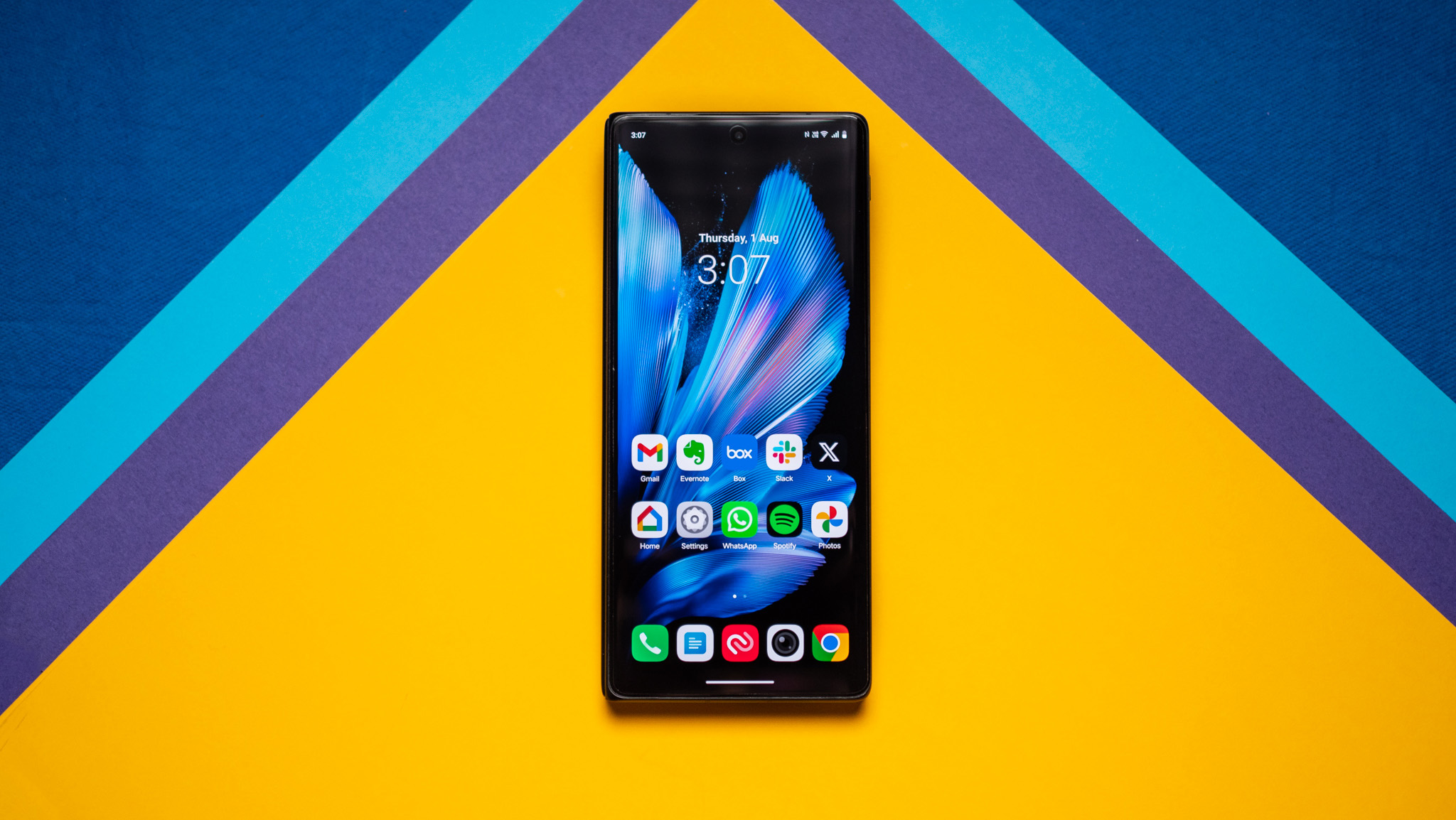
The inner panel gets a resolution of 2480 x 2200, and both the inner and outer screens go up to 120Hz. But the defining point is the brightness; the X Fold3 Pro gets noticeably brighter than any other foldable I used, and this is true for both the inner and outer panels. While they go up to 4,500 nits in HDR content, it's in auto mode where I clearly saw the difference next to the Magic V2 and other 2024 releases.
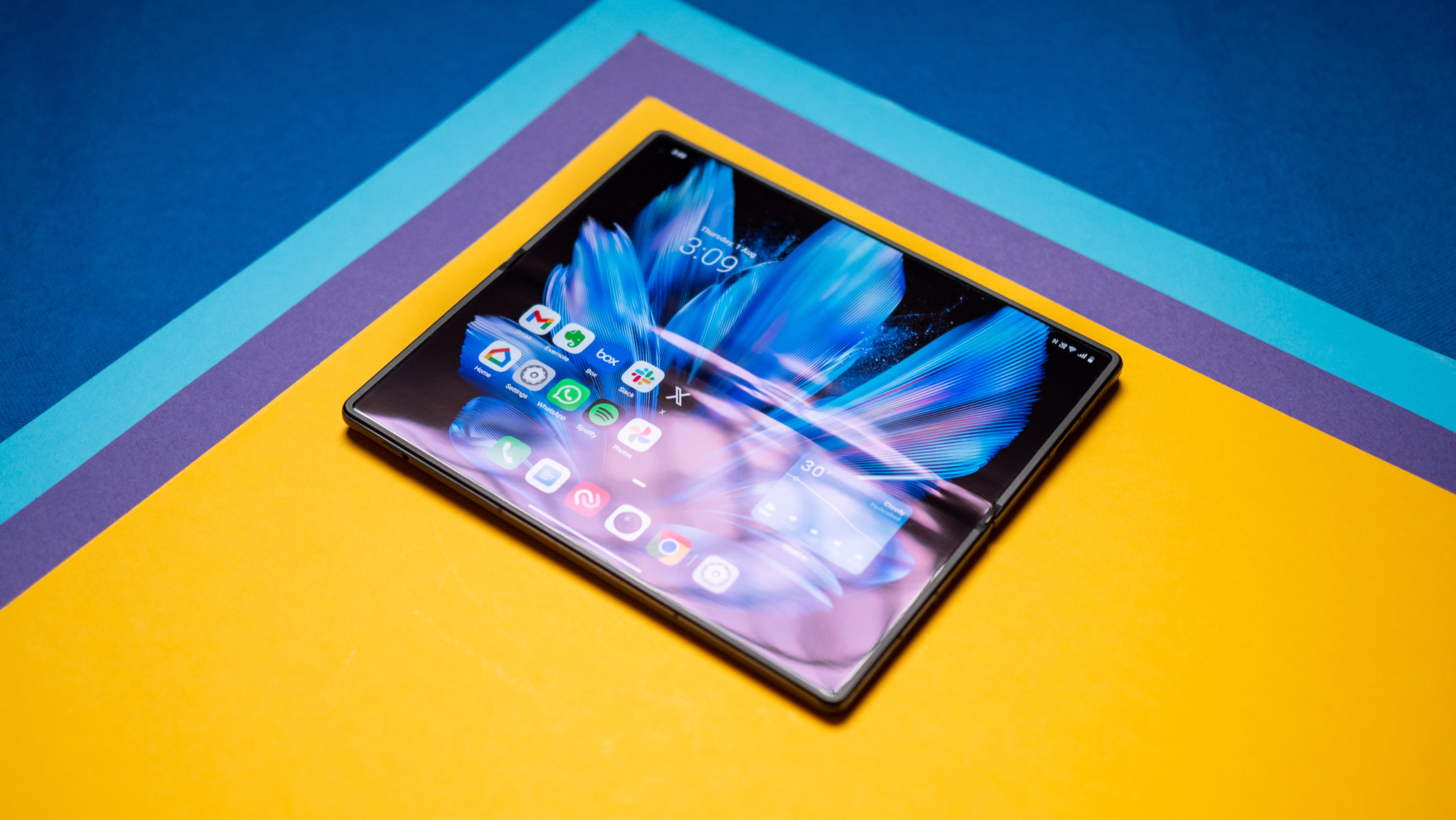
There is a crease on the inner 8.03-inch panel, but it isn't particularly noticeable, and I ignored it after three days of use. While you can make out the crease, it is shallower than that on the Z Fold 6, and doesn't affect usability in any meaningful way.
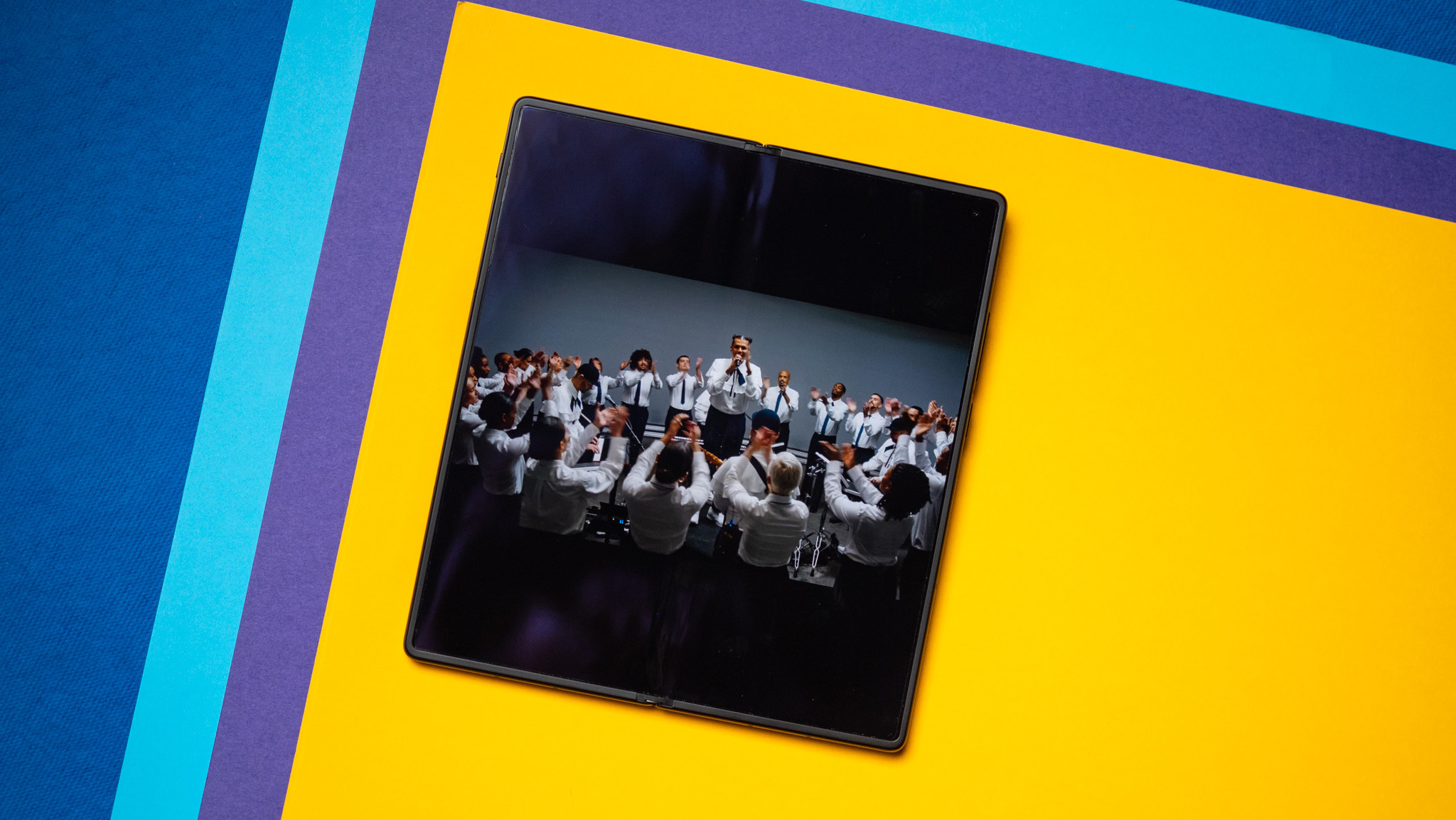
There's Dolby Vision as well, and I didn't see any issues streaming HDR content in Netflix. Vivo absolutely nailed the brief in this regard, and the X Fold3 Pro has the best color accuracy and brightness of any foldable today. The onboard sound is pretty decent, and it holds up well enough in daily use.
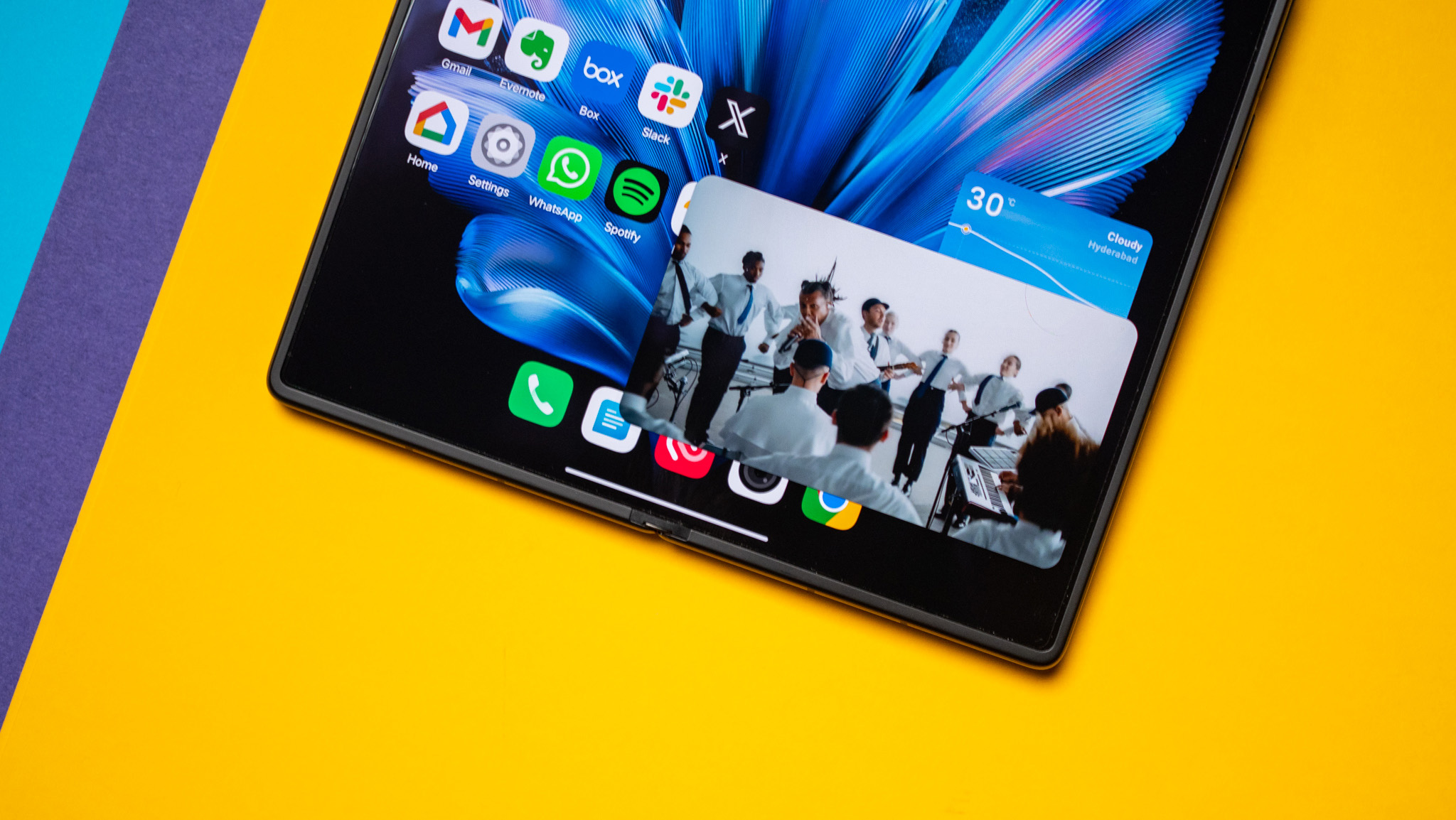
My favorite feature is the inclusion of ultrasonic fingerprint sensors. While I don't usually like ultrasonic modules, Vivo uses Goodix sensors in its devices, and they're just as fast and reliable as optical modules while having a larger recognition area. What's noteworthy is that Vivo used two sensors — underneath each panel — and that gives the X Fold3 Pro a distinct edge over most of its rivals. The Z Fold 6 still has a side-mounted sensor, and it looks archaic.
There's plenty of customizability when it comes to colors and always-on styles, and Vivo's custom lighting effects are intact here, giving you extensive options to tailor the device to your preferences.
Vivo X Fold3 Pro: Performance and battery
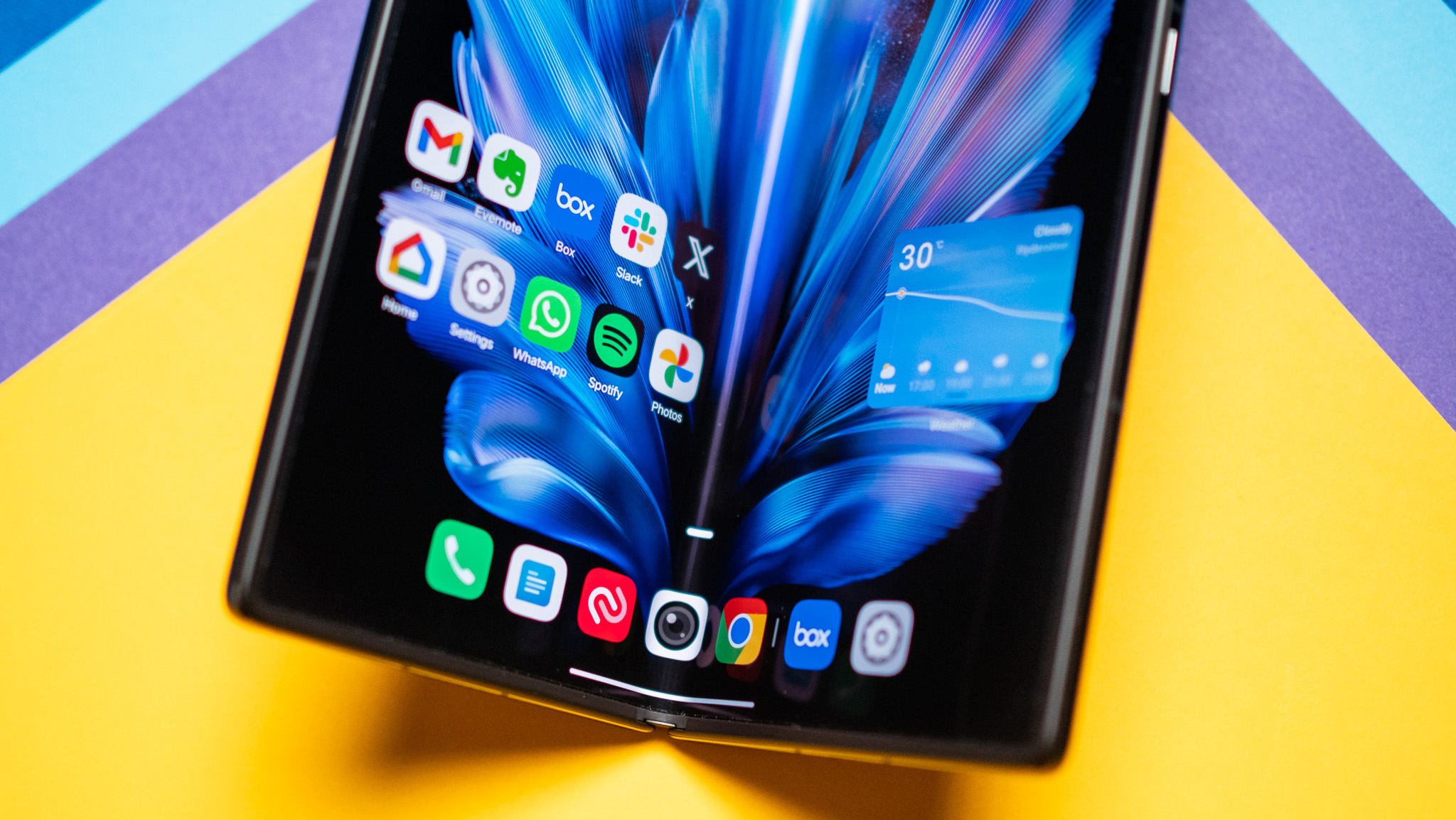
Like the best foldables of 2024, the X Fold3 Pro is powered by Qualcomm's Snapdragon 8 Gen 3. Vivo is launching a single variant globally, and the unit has 16GB of LPDDR5 RAM and 512GB of UFS 4.0 storage. The Snapdragon 8 Gen 3 is a known quantity at this point, and having used it on over a dozen devices, I can safely say that it is one of Qualcomm's best chipsets to date. It has noticeable performance gains over last year, and the best part is that it has terrific efficiency.
The reason I delayed this review is that the device had buggy software out of the box; it was prone to freezing and random glitches, but a subsequent software update rolled out at the start of July sorted out the issues. Following that, I didn't notice any lag or slowdowns in daily use, and it has been just as reliable as other Vivo devices I used this year.
Even though they share the same Qualcomm silicon, most foldables aren't set up for extended gaming sessions, and that's down to thermal management and throttling. Astonishingly, it wasn't an issue on the X Fold3 Pro, and it held up incredibly well even in marathon gaming sessions. There was no overheating, I got consistent framerates, and there wasn't any noticeable jitter.
In fact, its stability score of 89.9% in 3DMark's latest Steel Nomad Light test is one of the highest of any phones I tested, foldable or otherwise. Similarly impressive is the fact that it didn't cross 40 degrees Celsius; most devices with the 8 Gen 3 hit the 46-degree mark in this test.
There isn't anything missing elsewhere; the device gets a Wi-Fi 7 modem, Bluetooth 5.4, NFC, dual-band GPS, global Sub-6 5G bands, USB-C 3.2, and the entire suite of AptX codecs. The vibration motor is one of the best on a foldable, and it has exquisite feedback when navigating the interface and using the keyboard.
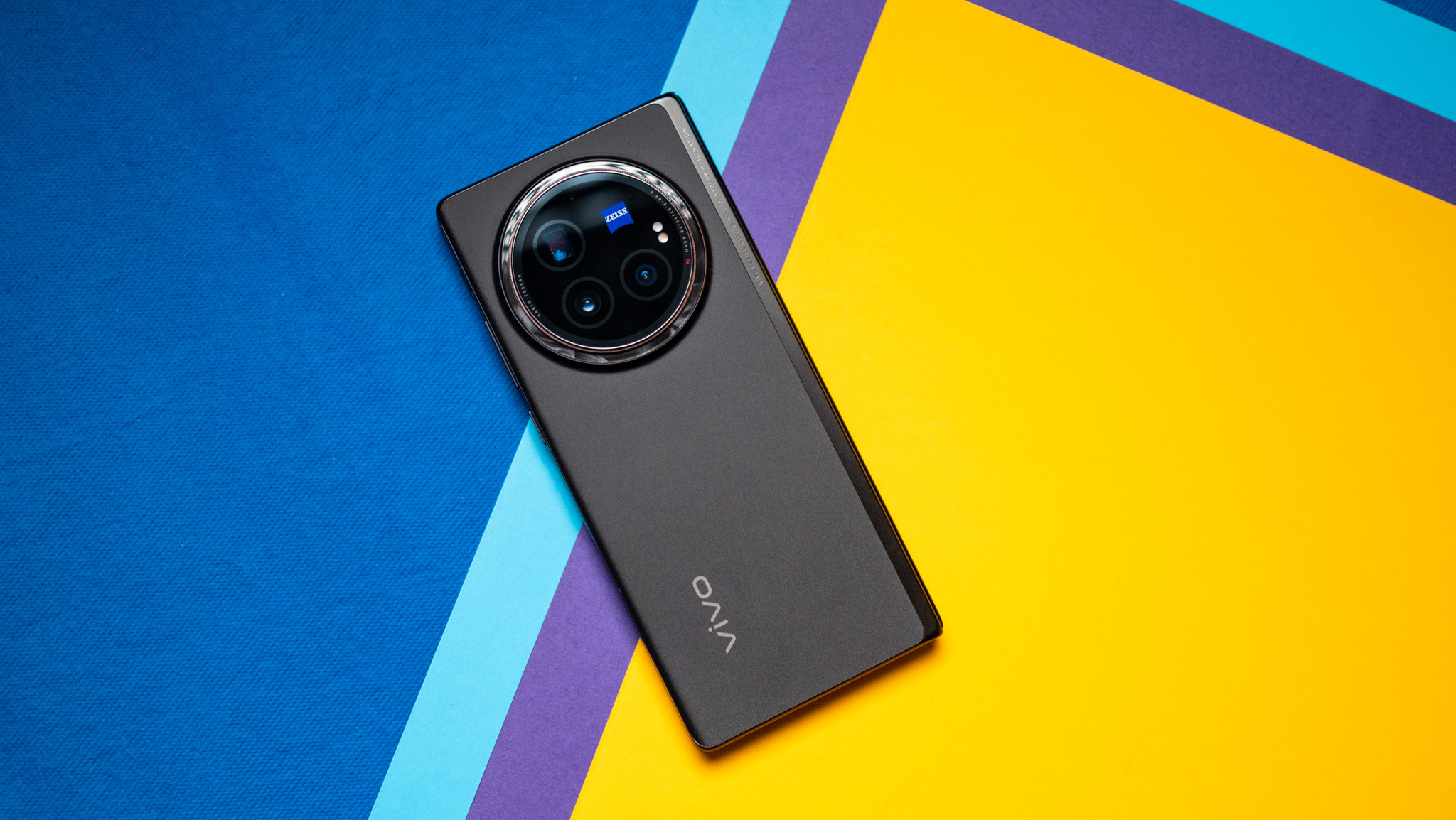
While the rest of the hardware is noteworthy in its own right, where the X Fold3 Pro truly shines is the battery life. Thanks to a massive 5700mAh battery, the foldable manages to easily last a day and a half between charges, and even with heavy use, I didn't feel the need to plug in the device before the end of the day. That's a huge achievement, and no other foldable measures up to the X Fold3 Pro in this regard.
When you need to charge the device, there's 100W charging, with Vivo bundling its 120W FlashCharge charger in the box. It takes just over 35 minutes to fully charge the battery on the device, and that's a feat in and of itself. Like Honor, Vivo is using silicon-carbide tech to prolong battery longevity, so there shouldn't be any noticeable degradation even after several years of use.
Of course, you get 50W wireless charging as well, but I wasn't able to test that out as I didn't have the requisite charger. That said, the device went up to 10W over a standard Qi mat, and it has reverse charging — ideal if you need to charge accessories on the go.
Vivo X Fold3 Pro: Cameras
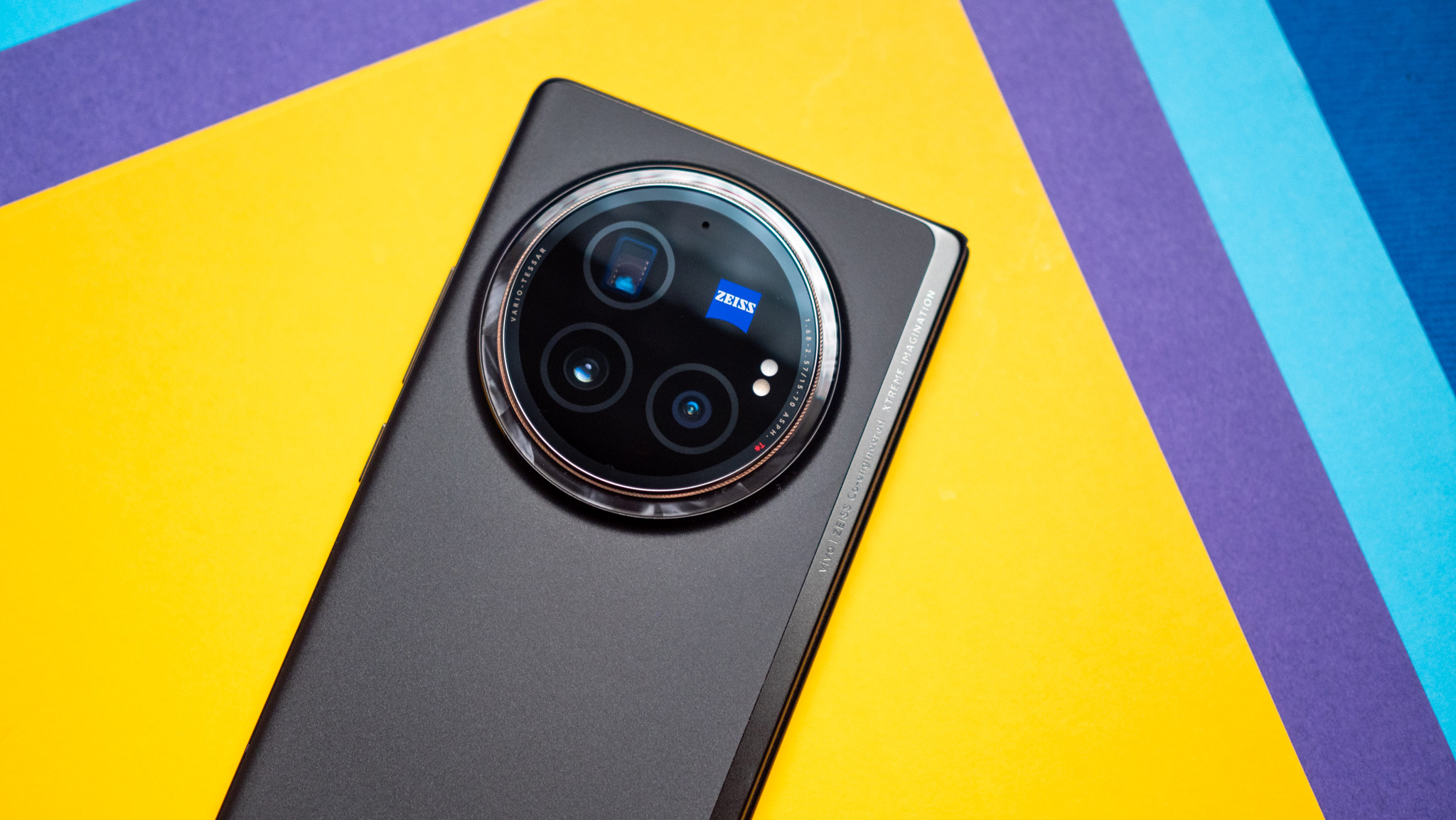
Vivo went with what is arguably one of the best camera packages on a foldable yet, with the X Fold3 Pro featuring a 50MP OmniVision OV50H main camera, a 50MP wide-angle lens, and a 64MP zoom camera with 3x optical zoom. There are two 32MP cameras underneath each panel, and just like the X100 Pro, all the modules are tuned by Zeiss.
The camera interface itself will be familiar if you've used a Vivo phone in the past, with the shooting modes at the bottom and all the requisite toggles and filters scattered around the viewfinder. You can easily change between the lenses, and there are three distinct color modes available: Vivid, Textured, and Zeiss Natural. Vivid is selected by default, and it produces saturated shots that look great. If you want life-like colors, the Zeiss Natural mode is the one to choose.
When it comes to video, you get 4K60 on all the cameras at the back, and the Cinematic Portrait mode does a great job when it comes to blurring the background on the go. There's an Ultra Stabilization mode that minimizes motion when shooting handheld, but it's limited to 1080p.
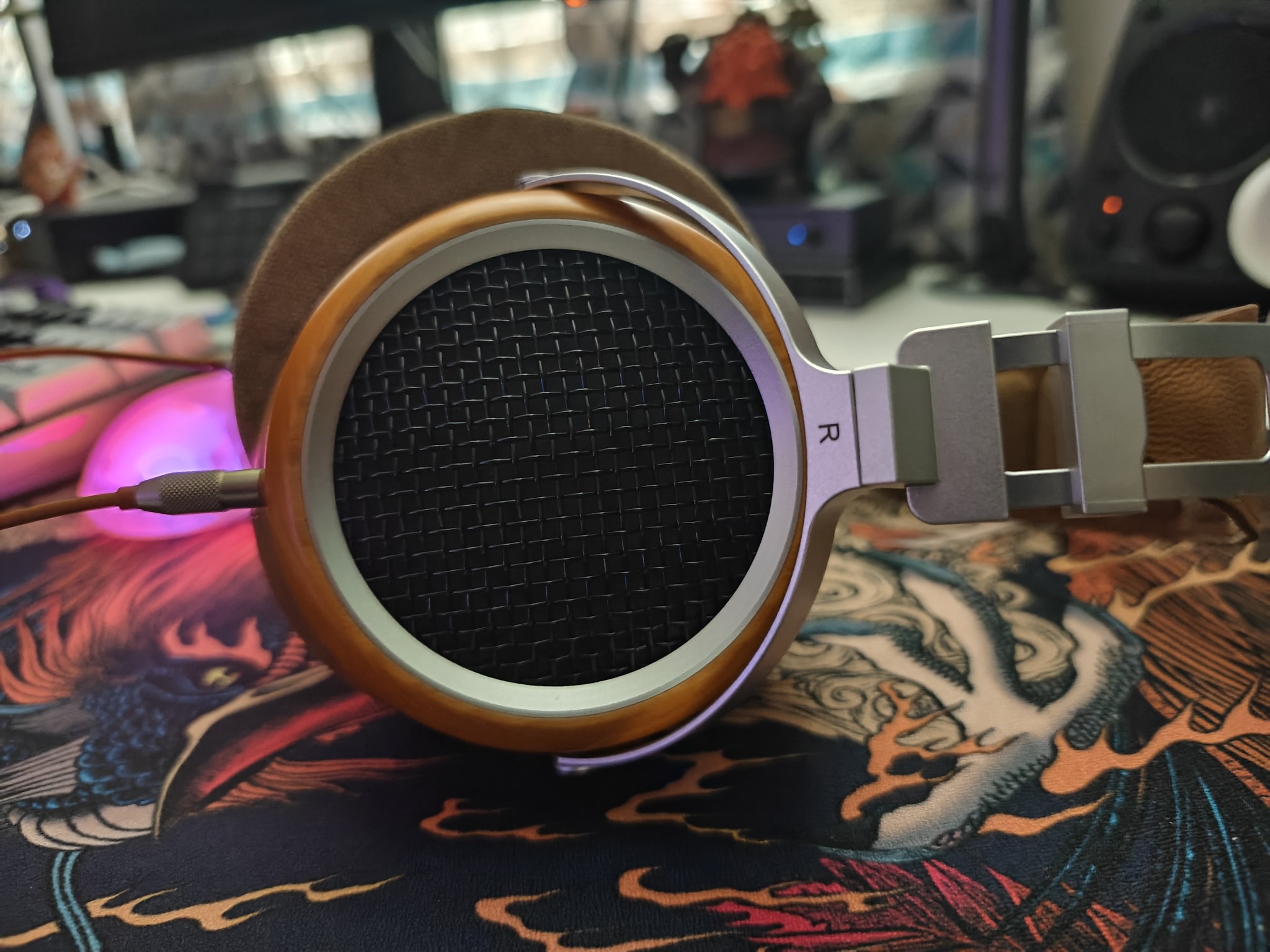
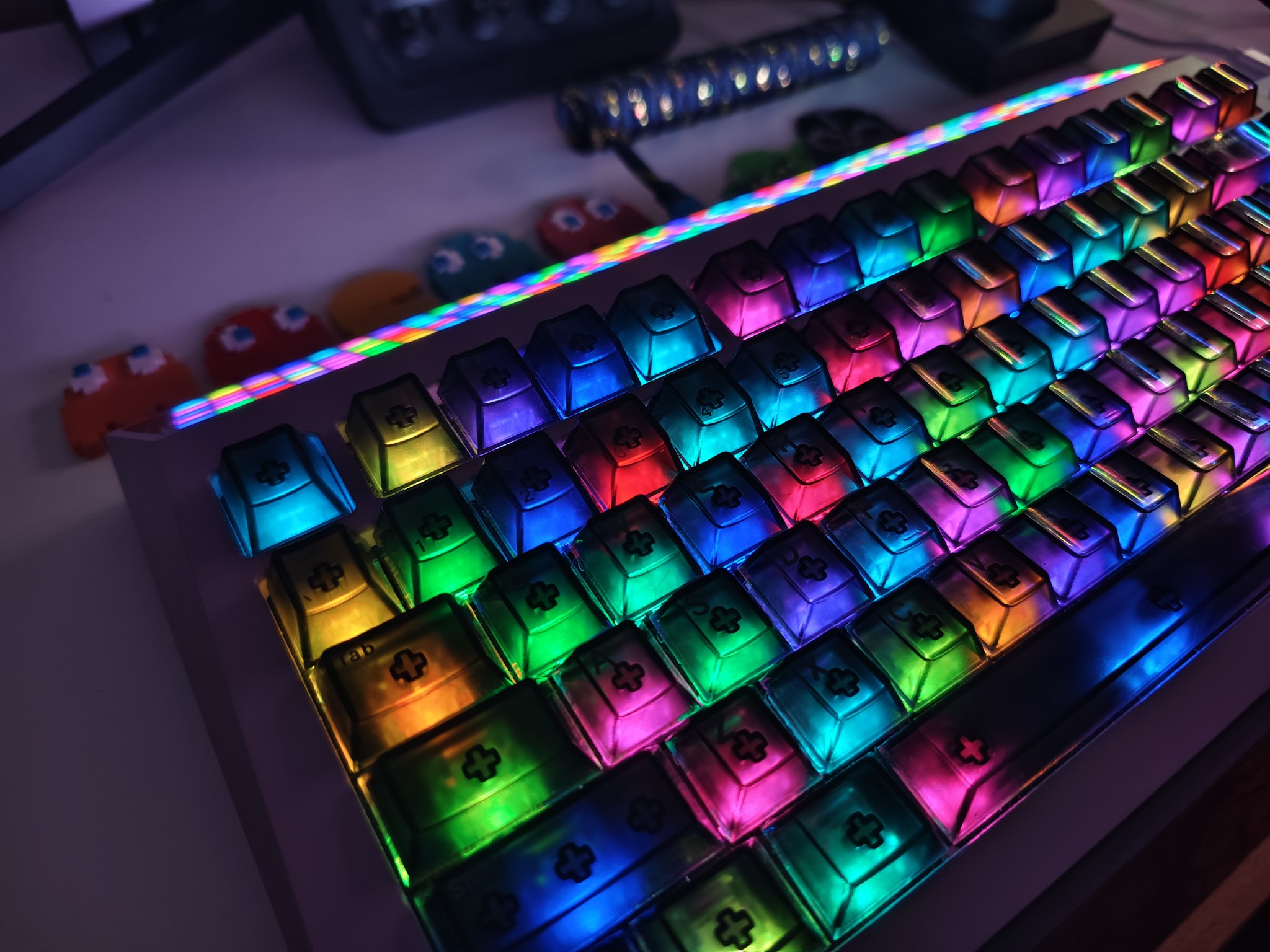
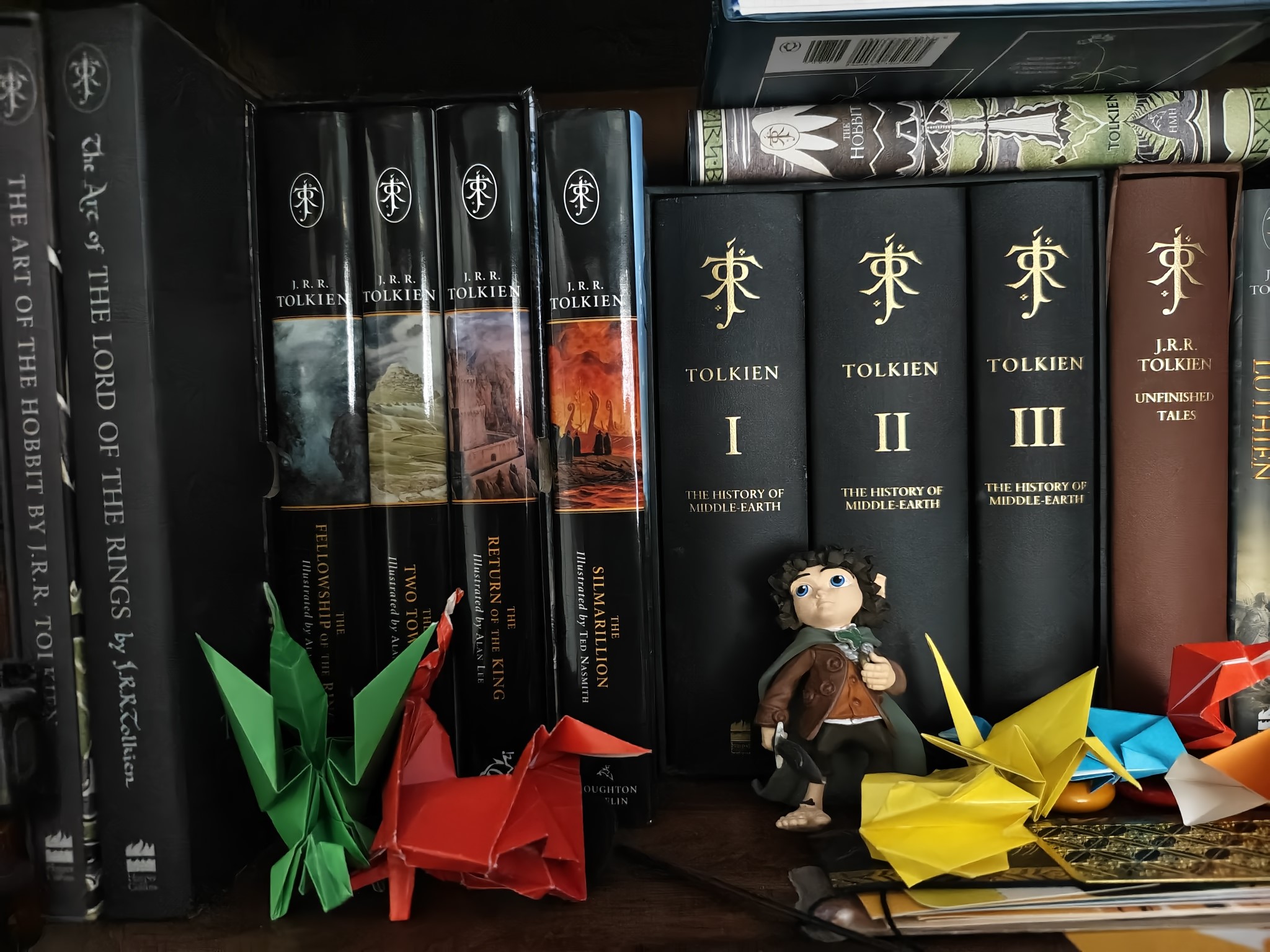
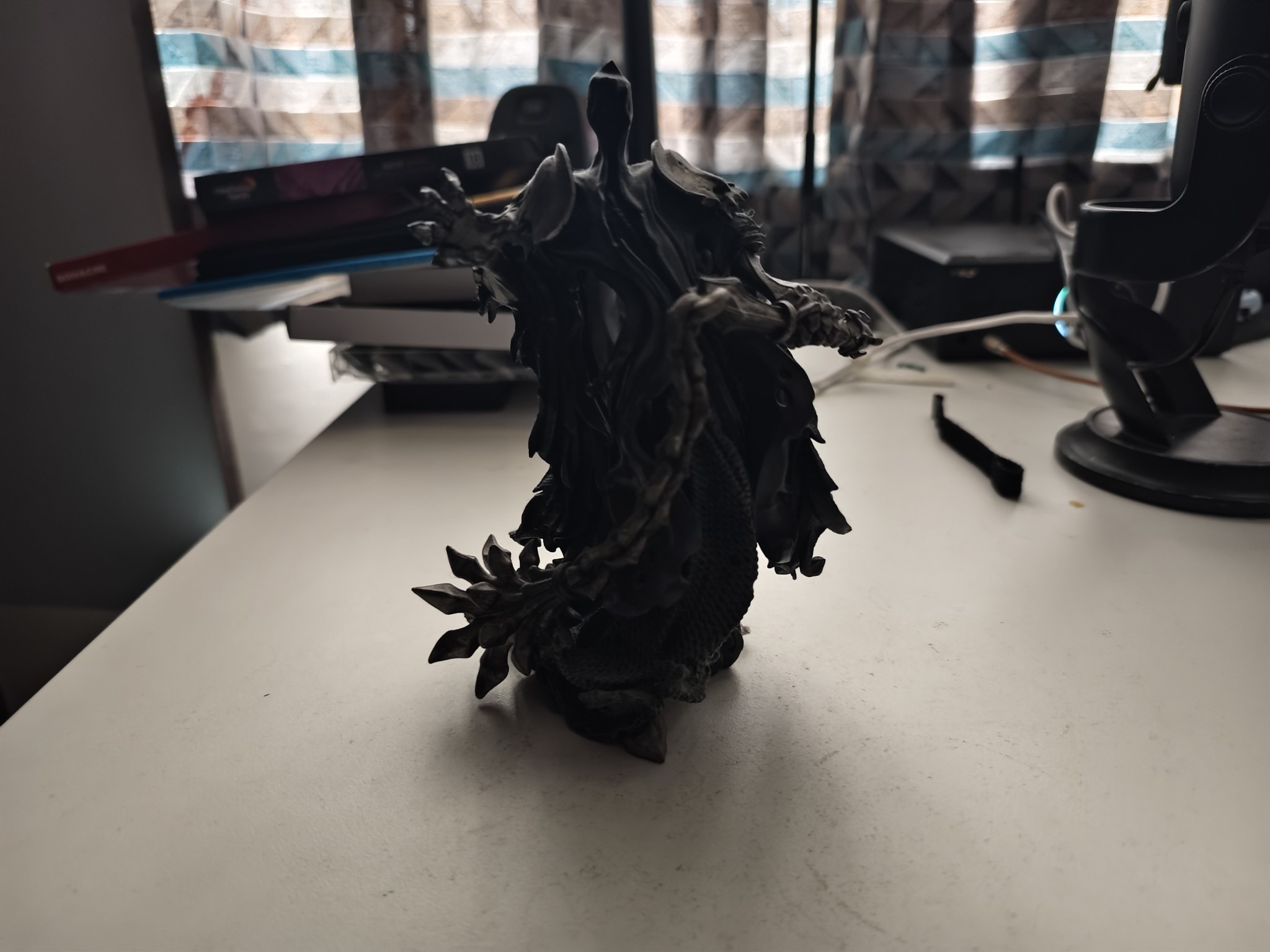

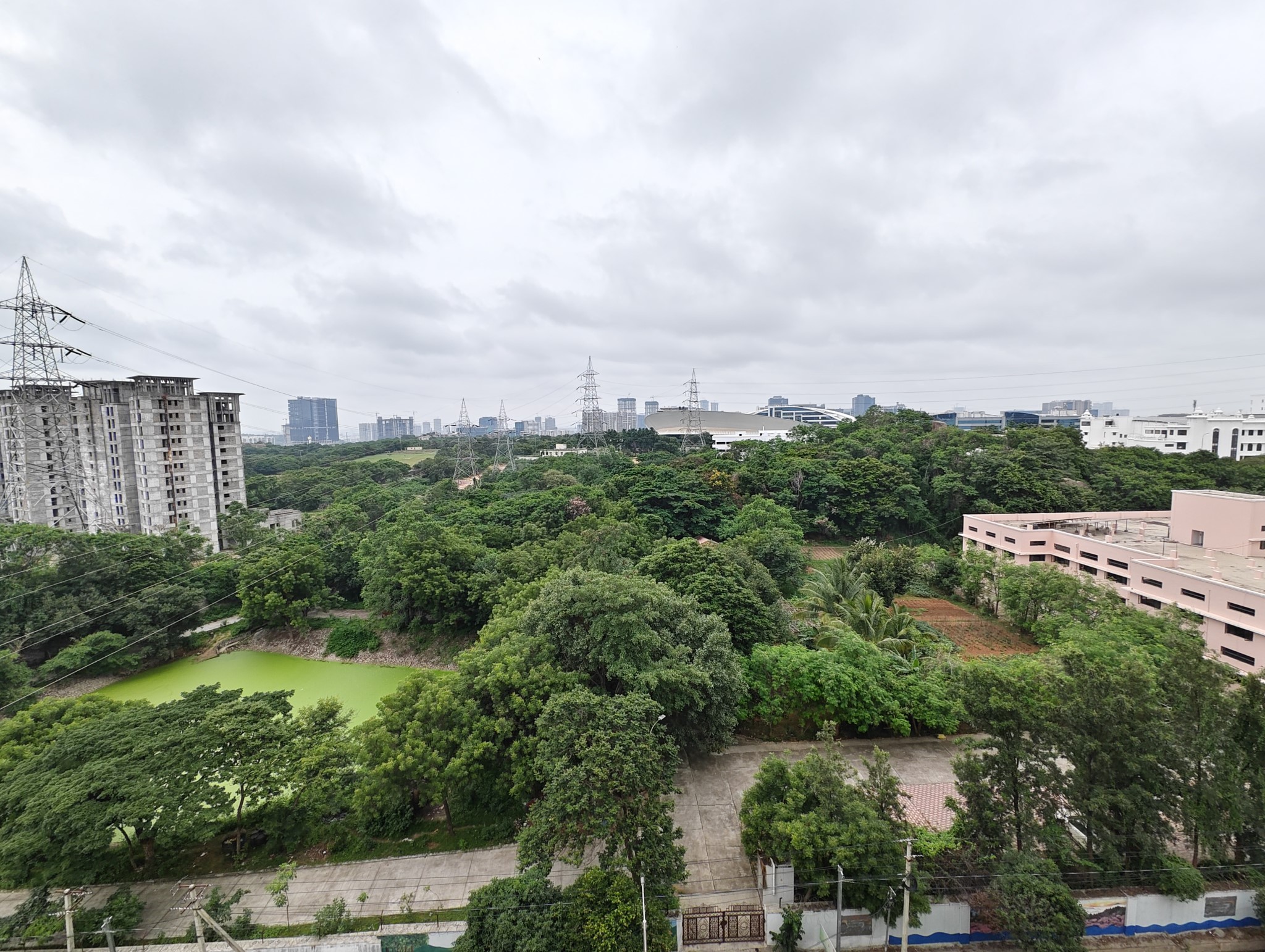
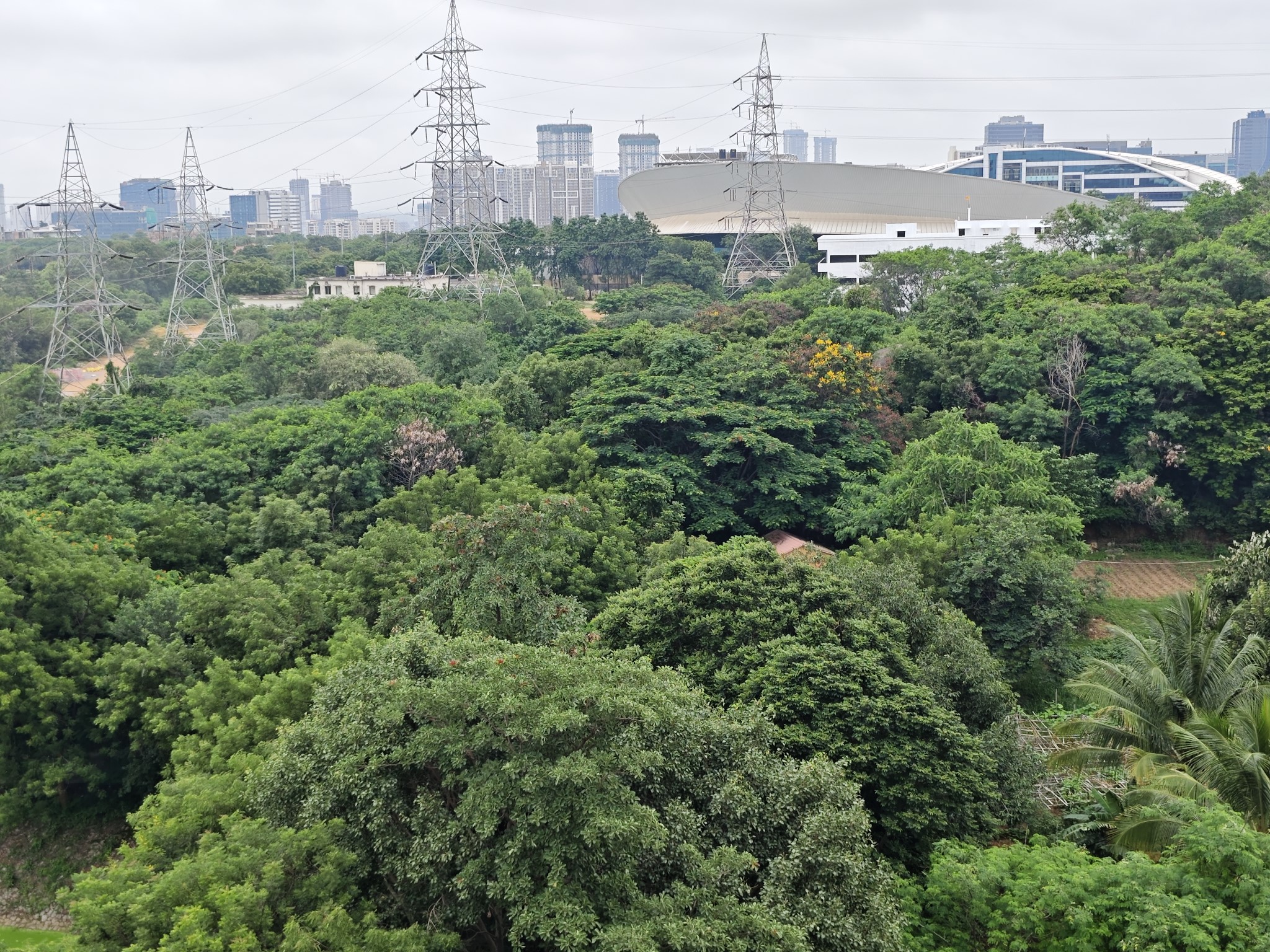
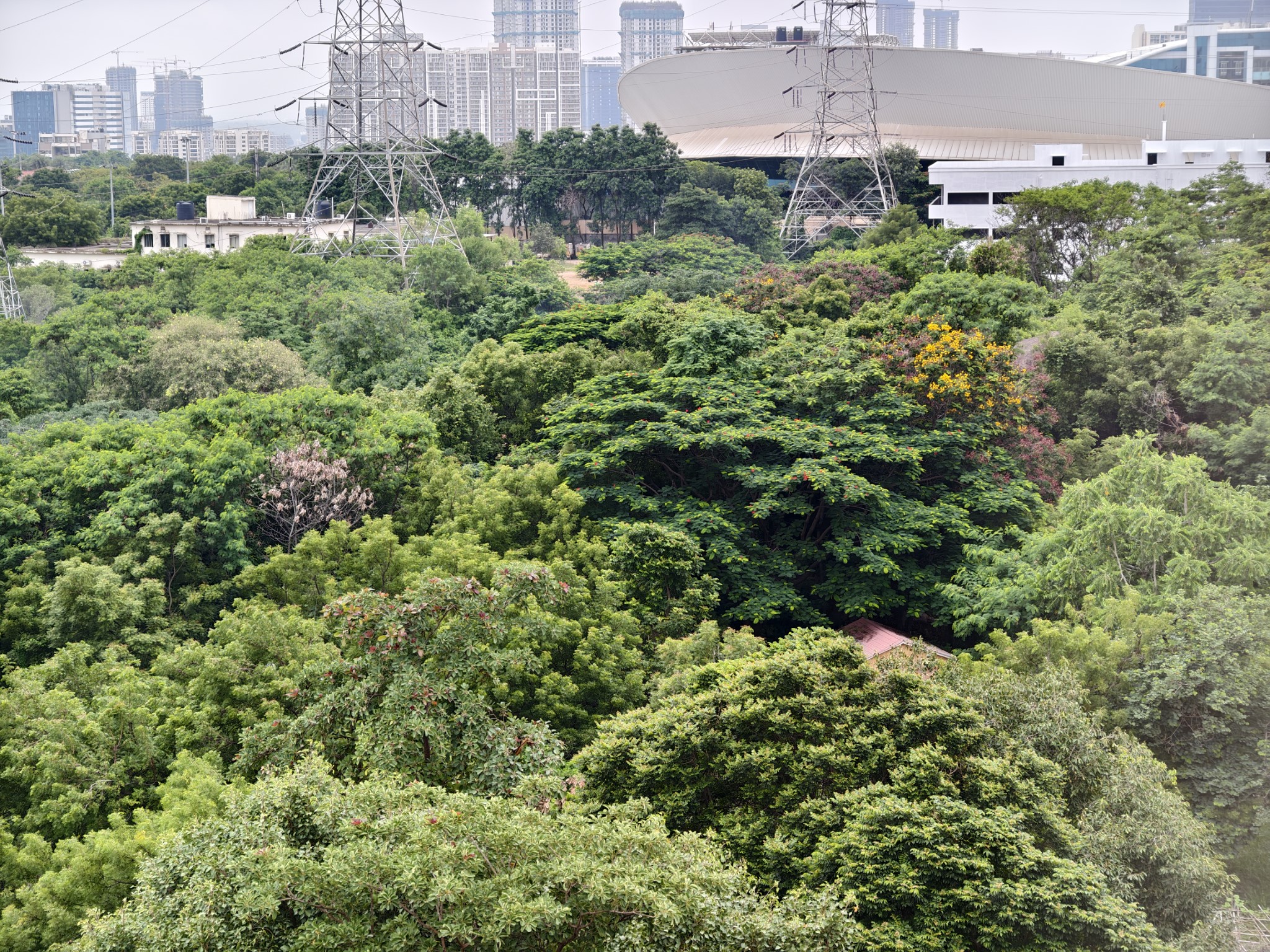

The X Fold3 Pro is among the best in this category at daylight photos. Resultant shots have plenty of detail and dynamic range, and while colors tend to be overly saturated, they look great. The wide-angle lens is decent enough, but it just isn't as good as the X100 Ultra or even the X100 Pro in this regard. It still measures up to other foldables, but Vivo should have used the same module as the X100 Pro.
Thankfully, the telephoto lens has no shortcomings. It takes fantastic photos at 3x and 6x, and I got usable shots up to 10x without any issues. While it's great to be able to shoot at 3x and 6x, what I like about the camera is its ability to take stellar portrait shots. While it isn't on quite on the same level as the Find X7 Ultra or the Magic 6 Pro, the X Fold3 Pro does a better job in this area than any other foldable I used.
The trio of cameras does a standout job even in low-light situations, and while the wide-angle lens has visible noise, the shots are still usable. I still prefer the X100 Ultra overall, but when it comes to foldables, the X Fold3 Pro has a distinct lead over the Z Fold 6 and Magic V2.
Vivo X Fold3 Pro: Software
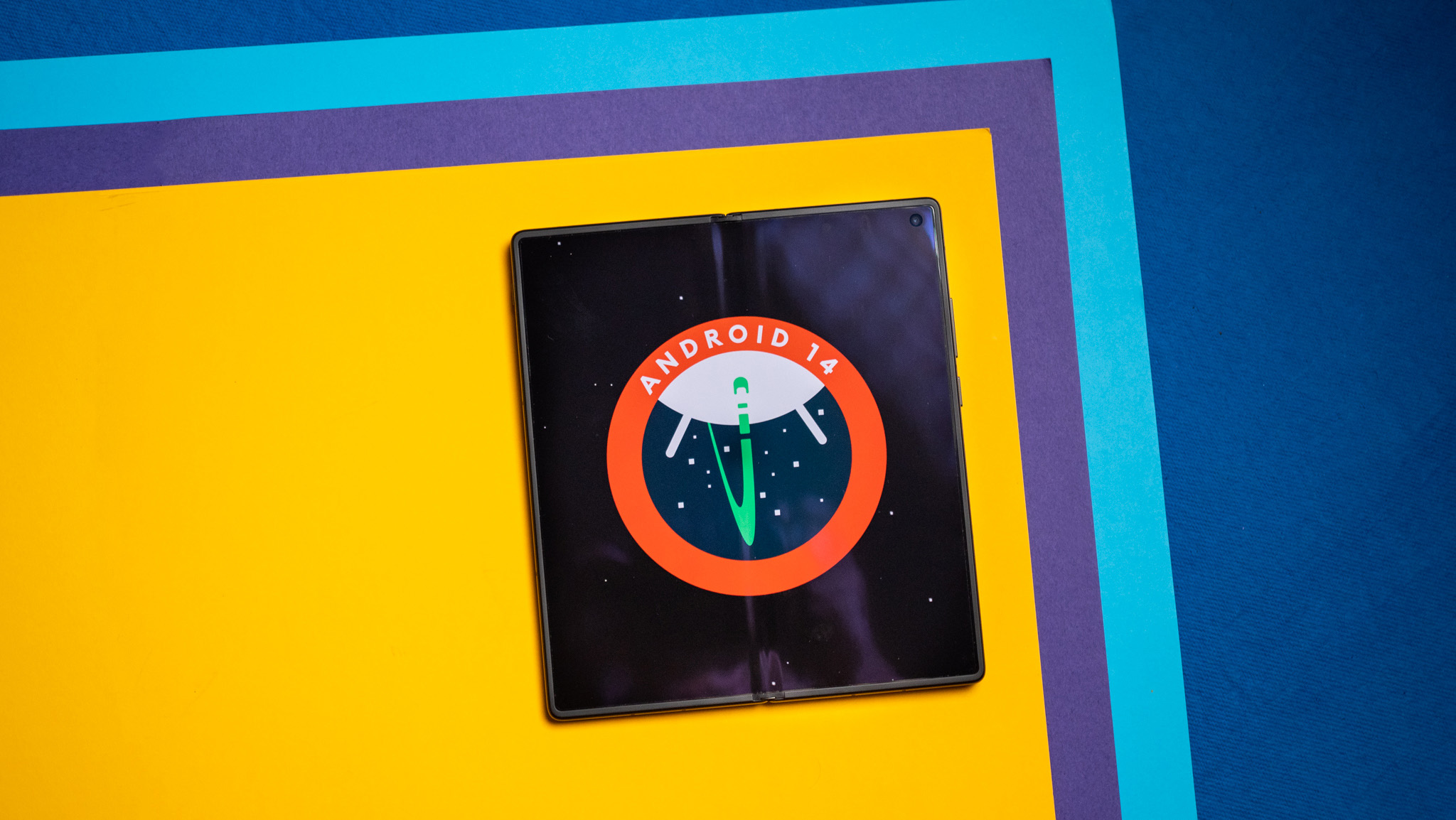
The X Fold3 Pro runs Funtouch OS 14 based on Android 14 out of the box, and the software itself is nearly identical to what you get on the X100 Pro or V30 series. Vivo polished the interface in the last 12 months, and the UI feels modern and elegant as a result. There is plenty of customizability, and while I like the interface as a whole, there are a few legacy features that are irksome.
Memory management is usually on the aggressive side, so anything running in the background is usually restricted after an hour or two, and you'll need to re-launch it. I didn't see any issues with notifications, and I like that there's a unified notification pane that also includes the quick toggles. Other Chinese brands are switching to a split pane, but Vivo thankfully hasn't followed suit — yet.
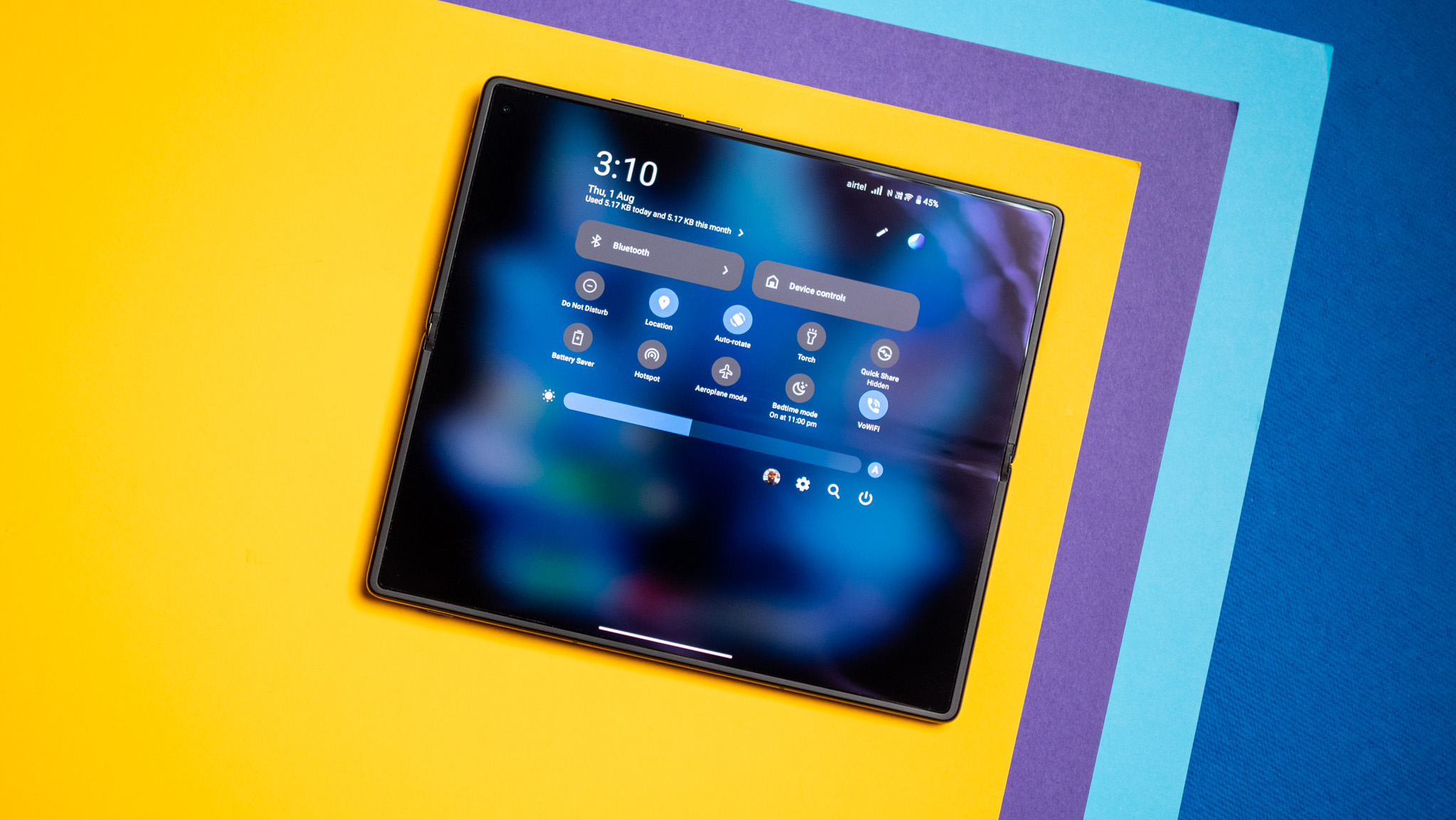
There are several foldable-focused features on the device that allow you to take advantage of the tablet-sized panel. The dock sits at the bottom of the screen and is great at switching between apps, and you can easily launch split-screen multitasking. The ability to have the device in a semi-folded state and run two utilities side-by-side is great, and it is handy when taking photos.
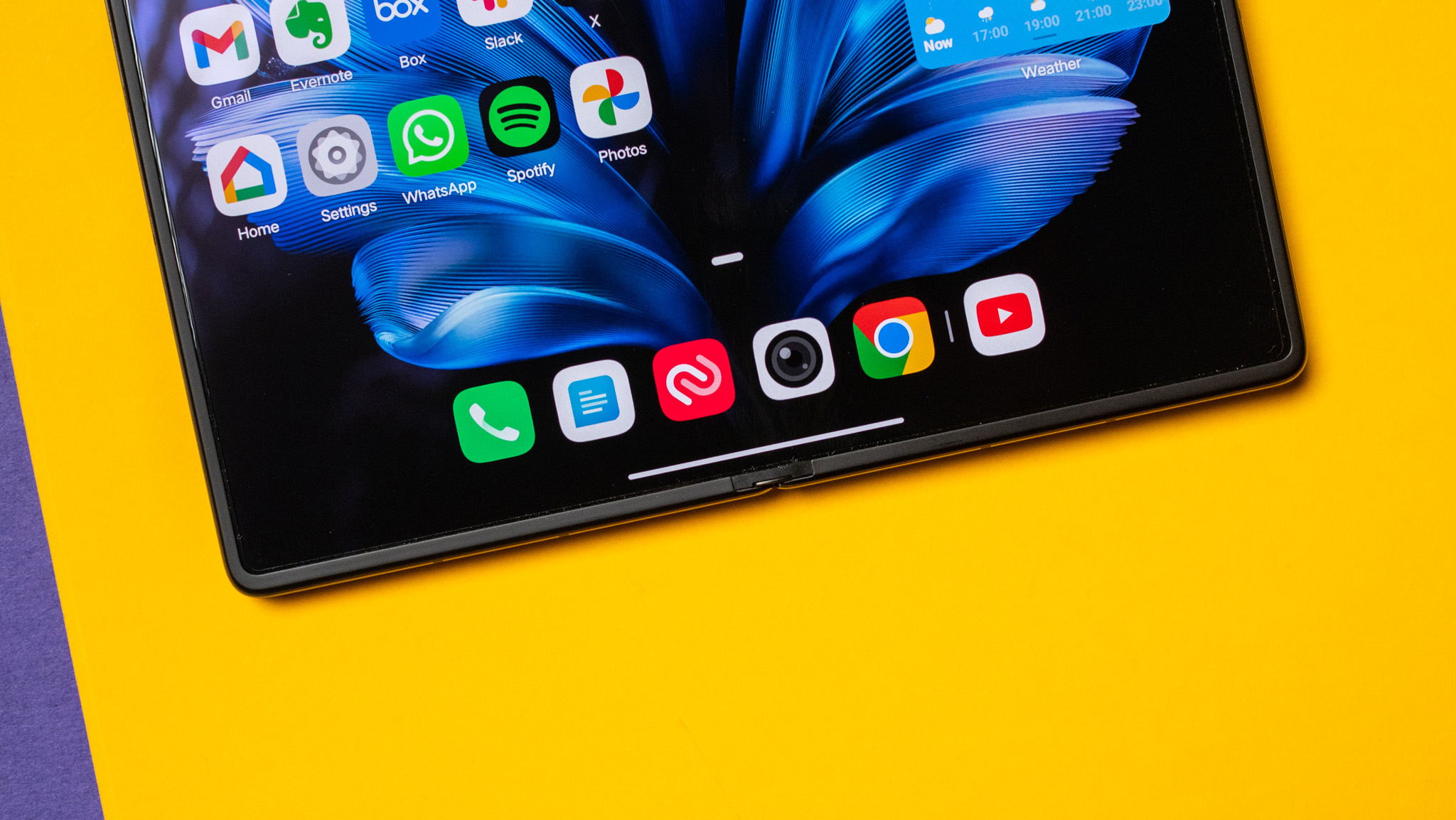
In the month I used the X Fold3 Pro, Vivo rolled out two software updates; one was to address system stability issues, and the second was aimed at camera tweaks. Vivo in general is doing a much better job with software updates, and my X100 Pro unit has consistently picked up security patches and camera updates over the course of 2024.
The biggest issue in this area is that the X Fold3 Pro will receive just three years of Android updates and four years of security patches, and that just isn't enough for a foldable. Samsung offers more than double the number of updates on the Z Fold 6, and most other Chinese manufacturers are now rolling out at least four Android OS updates and six years of security updates, so Vivo needs to change its stance.
Vivo X Fold3 Pro: The competition
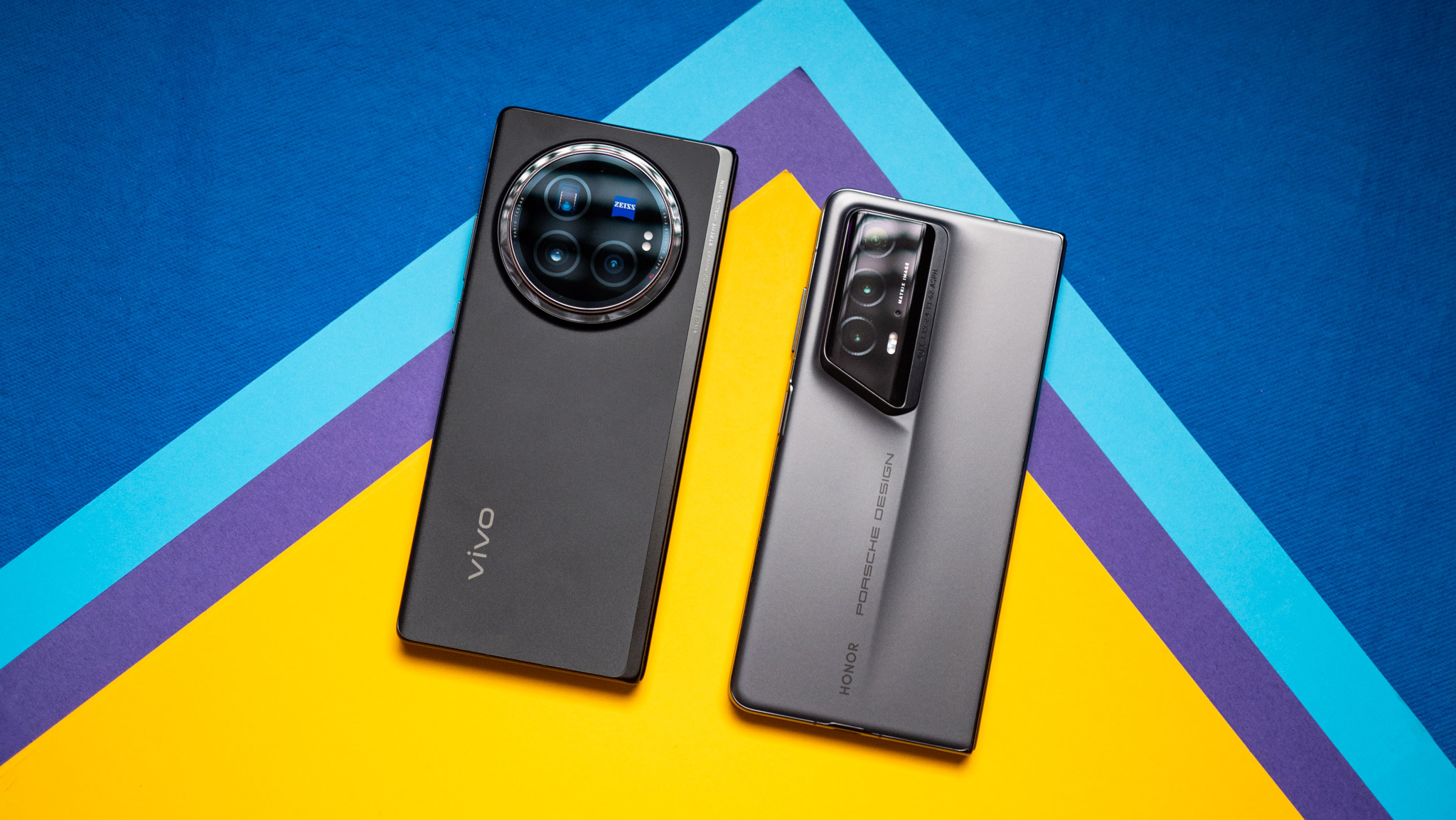
Samsung's Galaxy Z Fold 6 is the 800-pound gorilla in this segment, and while the brand has the overwhelming majority of the market share, the device itself isn't quite as good as other foldables. Vivo's offering has much better battery life and cameras, bigger panels that get brighter, and a lighter design. The biggest issue is that Vivo doesn't sell the X Fold3 Pro in the U.S. or most western markets, and as a result, the Z Fold 6 becomes the default choice.
I'm interested in seeing what Honor does with the Magic V3. The Magic V2 is still one of my favorite foldables of 2024, and the V3 is thinner, lighter, and has better cameras at the back.
Vivo X Fold3 Pro: Should you buy it?
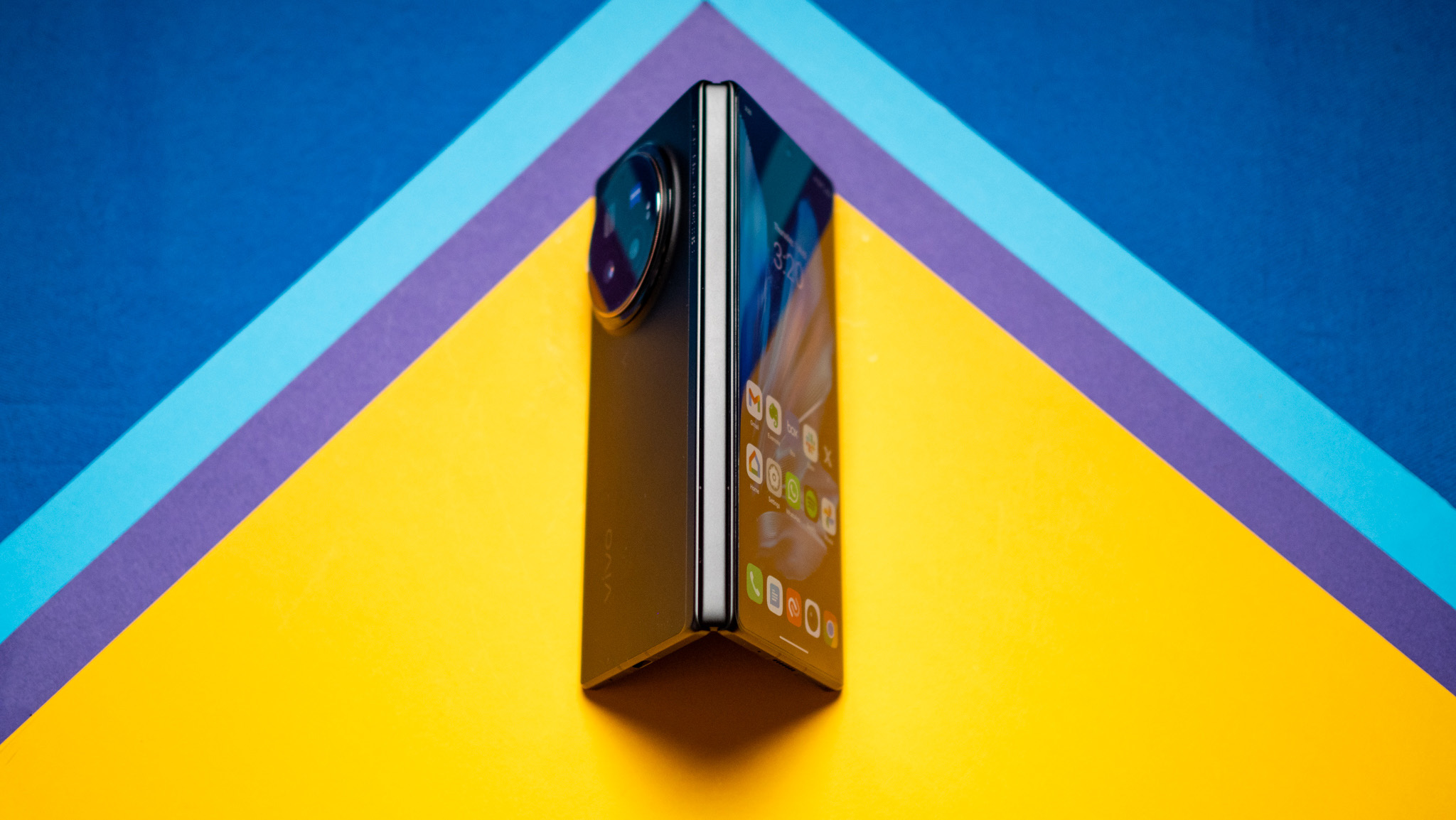
You should buy this if:
- You want a foldable that's thin and light
- You need all the extras
- You need standout cameras with versatile lenses
- You want the largest displays in this segment
- You need the best battery life
You shouldn't buy this if:
- You want stylus integration
- You need seven years of updates
The X Fold3 Pro showcases what's possible with foldables; the svelte design means it isn't that much larger than a regular phone, but you still get two usable screens, and the panels are among the best in this segment. The same is true of the cameras, and they manage to take outstanding photos and videos in just about any situation. With most other foldables I've used in 2024, there's the distinct feeling that the cameras aren't quite on par with flagships, but that isn't the case here.
There isn't anything missing on the hardware front either, and the X Fold3 Pro manages to do a standout job during extended gaming sessions. Battery life is another area where there are no problems, with the device easily lasting over a day even with heavy use — I can't say the same for any other foldable.
In fact, the only point of contention is the software update guarantee; with Google and Samsung offering seven years of updates, three years is no longer enough in this category. Vivo has to do better if it wants to measure up against Samsung in this regard, because from a hardware point of view, the X Fold3 Pro has considerable upgrades over just about every foldable available today.
The software is decent enough in its own right, and the only limitation is the update guarantee — if Vivo is able to make amends in that area, the X Fold3 Pro has what it takes to beat the best in this segment.







